|
Turkey: A Destination Worth Your
While
by Willie Vergara
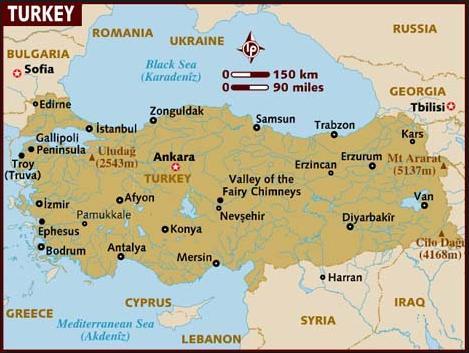
The trip to Turkey and Greece was quite unexpected. Tess and I wanted
to follow the route earlier taken by Webmaster Norman Bituin – Moscow and
St. Petersburg in Russia and the Scandinavian countries of Finland,
Sweden, Norway and Denmark. (See Travelogue>Eskapada sa Northern Europe).
But the tension between the United States and Russia with regards to the
latter's alleged invasion of Ukraine made us decide to go to another
"safer" destination - Turkey and Greece. That was July to August last year
(2014). This article is just coming out a year after Tess and I
took that trip. Since then, Brods Ed Abon and Judge Rey have visited the
place, and they did send photos on Facebook. I am now writing this as a
trip advisory for all others who may wish to see these wonderful places,
one of them being our well-traveled Webmaster Norman himself this coming
October.
Getting ahead of the story, I am declaring with confidence that a week's
visit to each of the countries of Turkey and Greece are worth your time
and money. Add a few more days; that will be all right, too. Even those
who think that they have become "experts" of Western Europe will agree
that these two countries bring in completely different sites and
experiences from the rest.
For now, I will write about our Turkey Tour only, and Greece at a later
time. Our eldest son Victor and his wife Jing had just taken a European
cruise that covered both countries, and based on his accounts, Tess and I
decided to arrive in Turkey 2 days earlier than the formal tour schedule -
just for us to acclimatize and see more places.
We took the flight to Istanbul and had ourselves billeted in the 3.5 star
Ferman Sultan Hotel - just a 5-minute walk from many of the city's major
tourist sites. The restaurant of Ferman Sultan Hotel is located at the
rooftop where guests can enjoy the beautiful Sea of Marmara, entirely
within the borders of Turkey, that connects the Black Sea to the Aegean
Sea, thus separating Turkey's Asian and European parts.
Istanbul from above
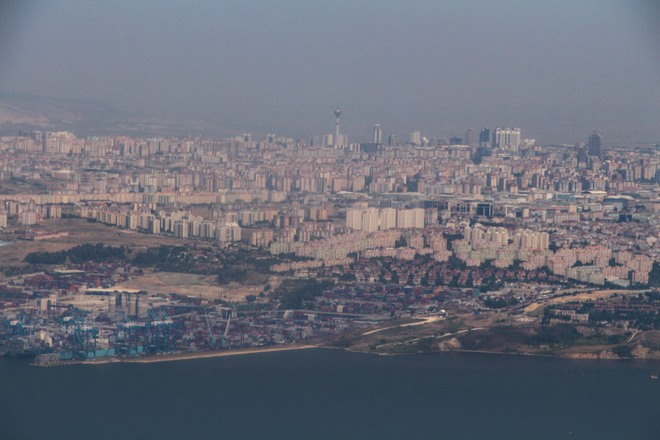
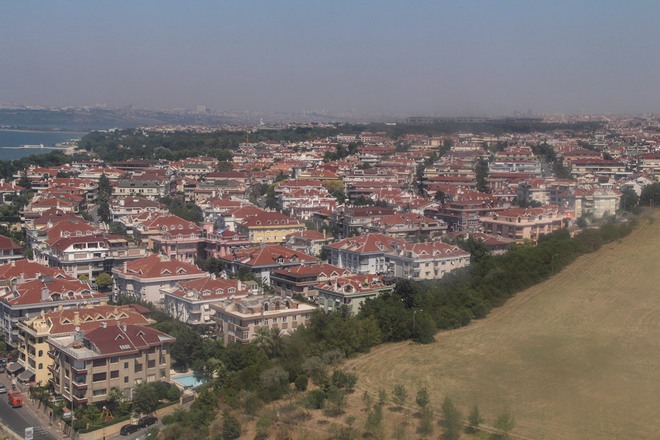
View of Marmara Sea from atop the Ferman Sultan Hotel
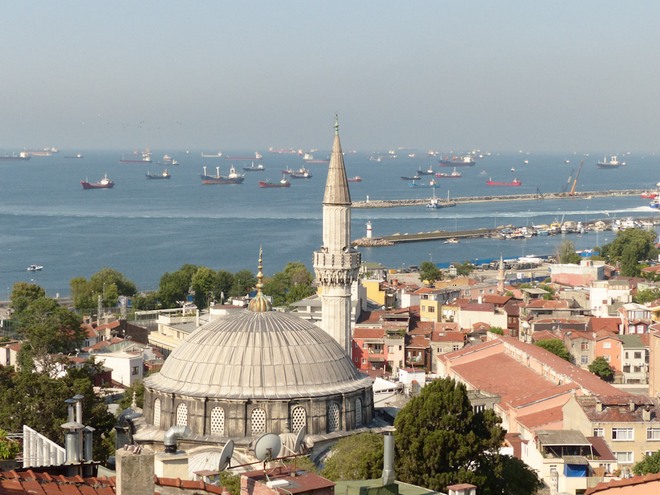
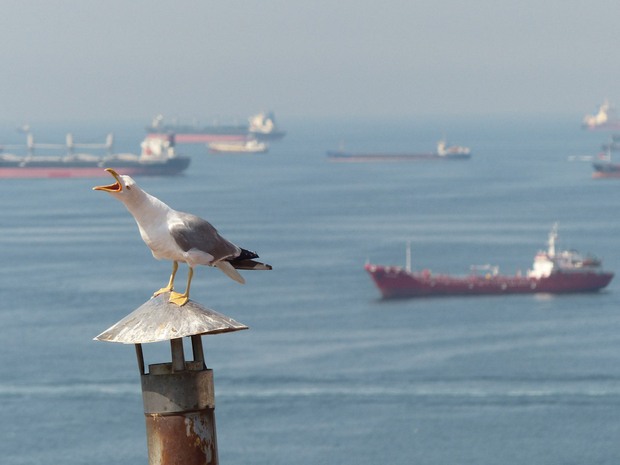
Without missing a beat, we walked towards the world famous Blue Mosque,
locally known as Sultanahmet. We really loved the dominant tones of blue,
turquoise and green tiles that dominated most of its interior. There are
so many mosques in Istanbul that the novice traveler will find difficulty
identifying one from the other. The Blue Mosque can be distinguished from
a distance in that it has one main dome, six minarets, and eight secondary
domes. The design is the culmination of two centuries of Ottoman mosque
development. It incorporates some Byzantine Christian elements of the
neighboring Hagia Sophia (which is only another 5-minute walk from the
Blue Mosque) and is considered to be the last great mosque of the
classical period.
Blue Mosque
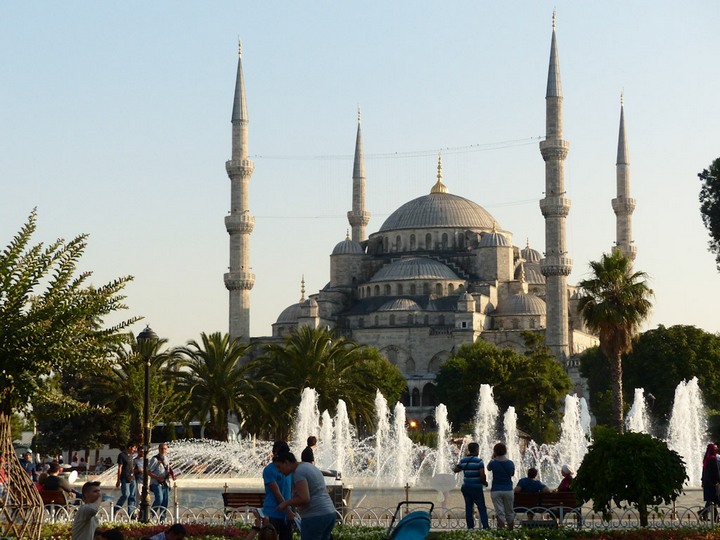
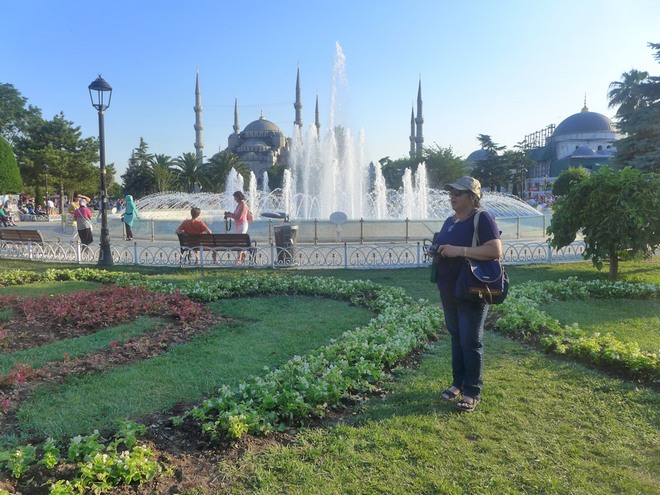
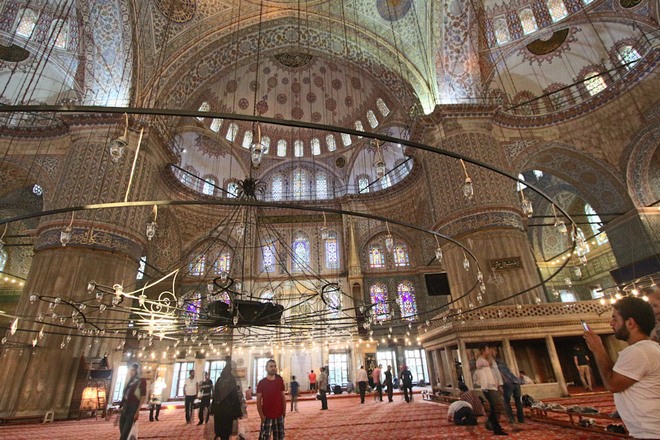
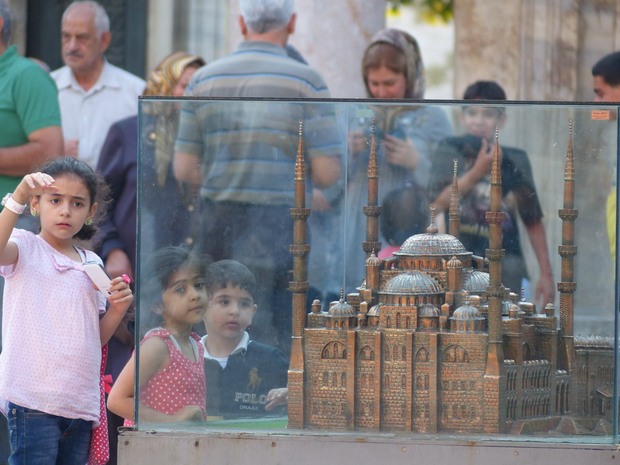
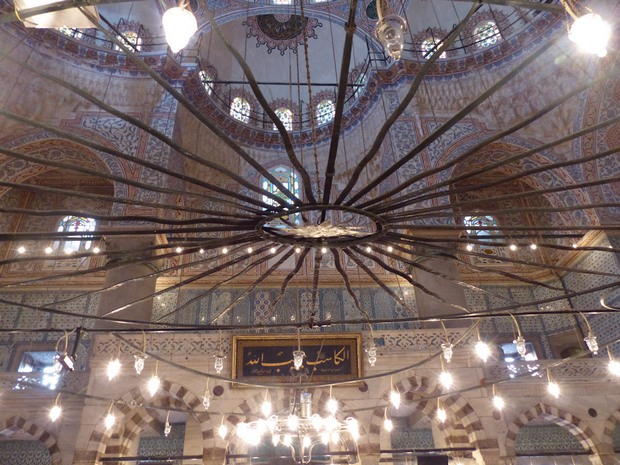
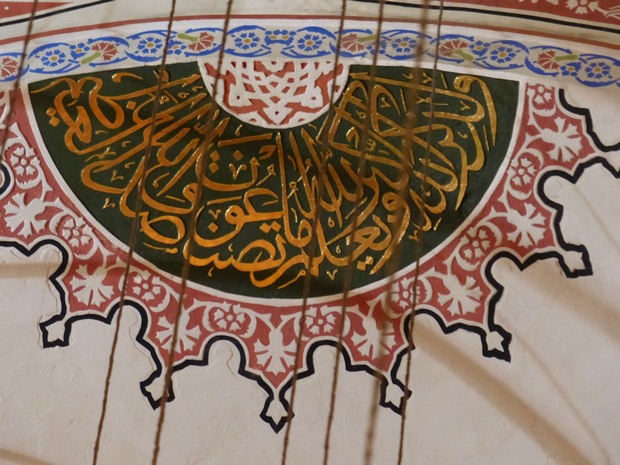
From the Blue Mosque, we continued our walking tour through the cobbled
stones, a long and difficult one. Make sure to buy anti-slip shoes. This
time, we went to the Grand Bazaar, one of the largest and oldest covered
markets in the world, with 61 covered streets and over 3,000 shops. This
bazaar attracts between 250,000 and 400,000 visitors daily. In 2014, it is
listed No.1 among world's most-visited tourist attractions with 91,250,000
annual visitors. (Wikipedia).
Grand Bazaar
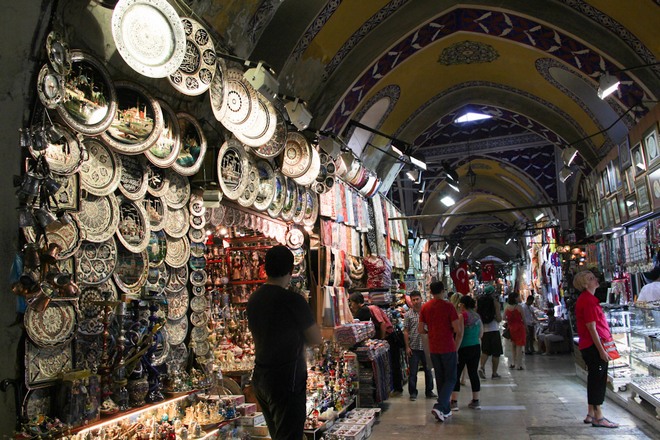
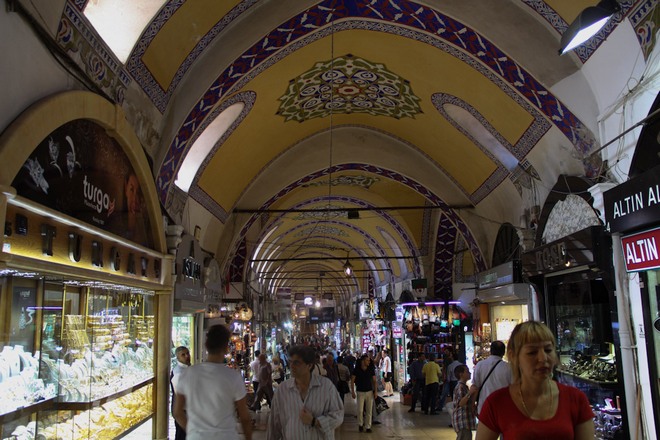
We passed the famous University of Istanbul on our way to Suleymaniye (Suleiman’s
Mosque), built by the great Ottoman leader Suleiman. The design of the
Süleymaniye, the biggest mosque in Istanbul, plays on Suleyman's
self-conscious representation of himself as a 'second Solomon.' It
references the Dome of the Rock, which was built on the site of the Temple
of Solomon.
Istanbul University
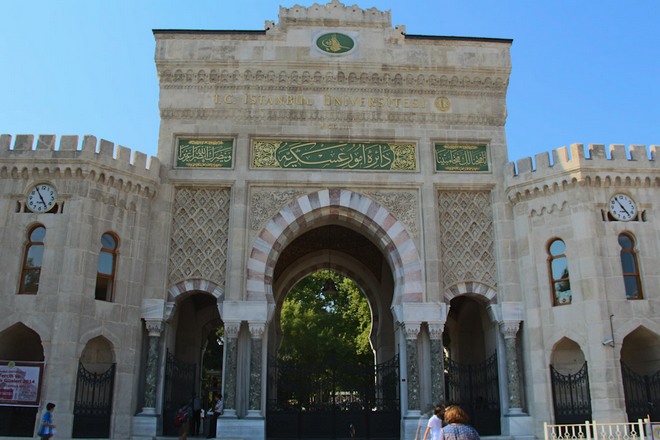
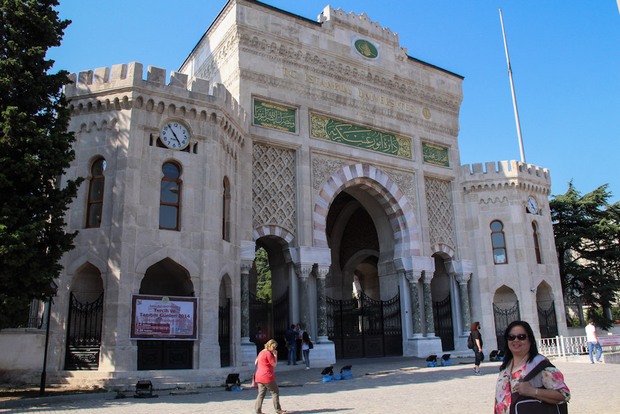
Suleymaniye
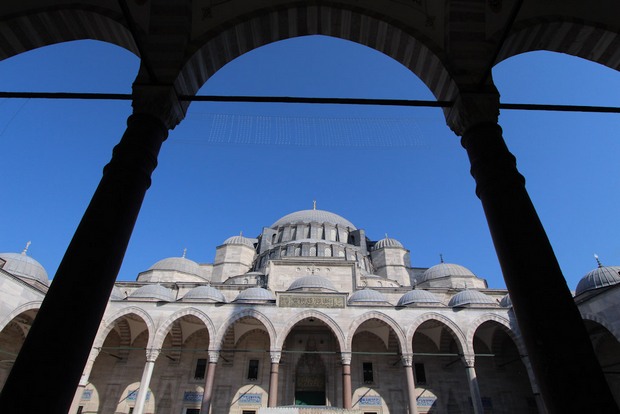
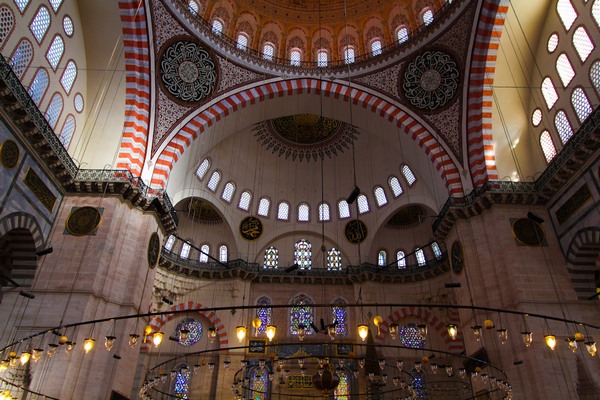
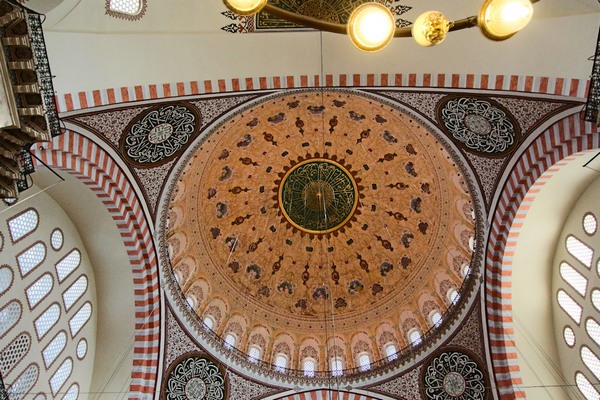
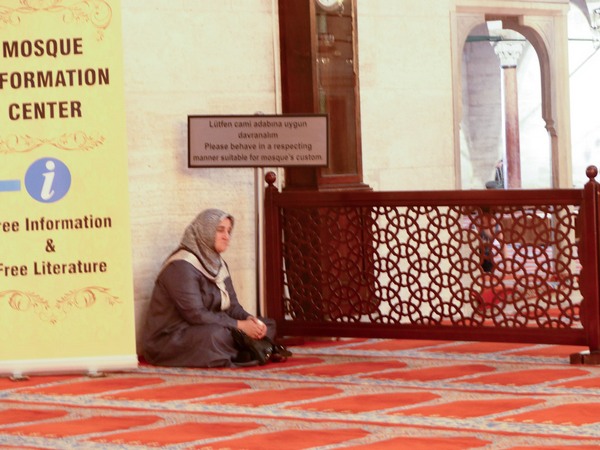
A Turk befriended us as we took a rest at the footsteps of Suleymaniye,
and showed us a most beautiful, spectacular view of the city overlooking
many landmarks - Galata Tower, Galata Bridge, the Bosphorous Strait, the
Long Horn Bridge, to name a few. Some of these places will be featured
later as we go along, but in the meantime, enjoy the pictures below.
Day 1 Sites
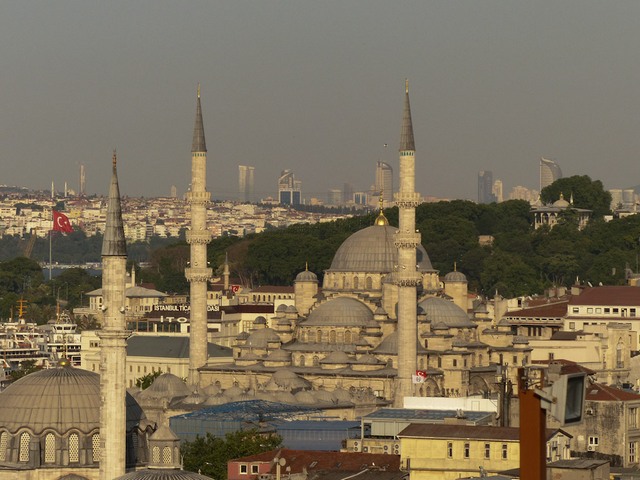
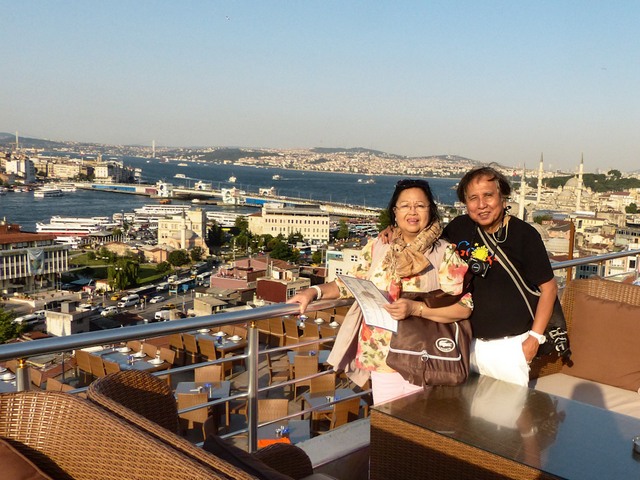
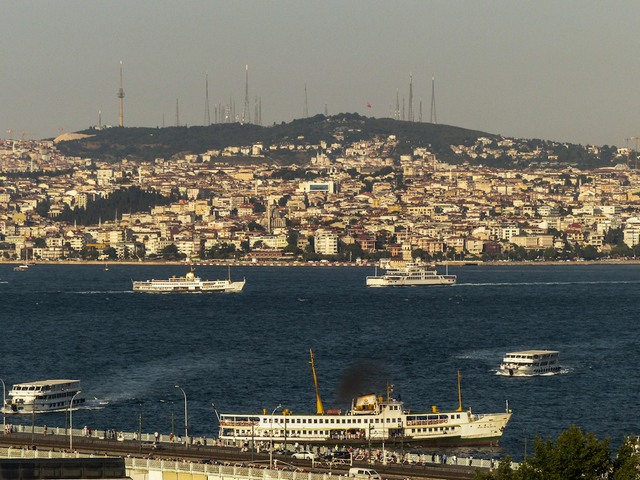
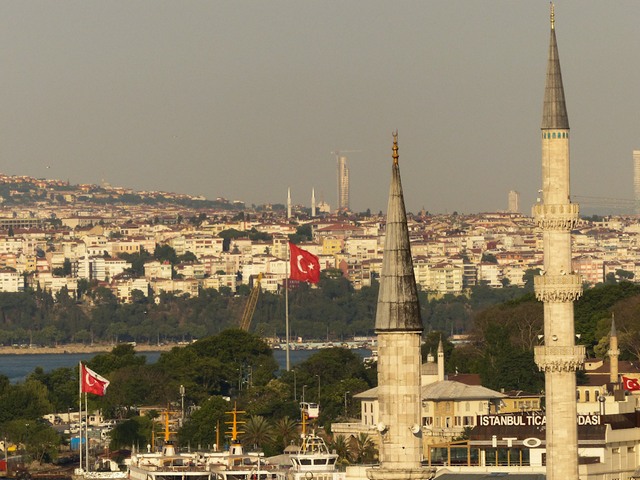
We had authentic Turkish food and drinks on our way back to the hotel.
Turkish Food
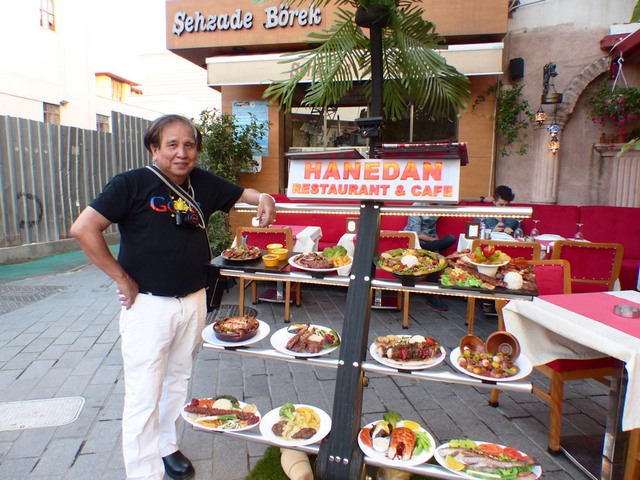
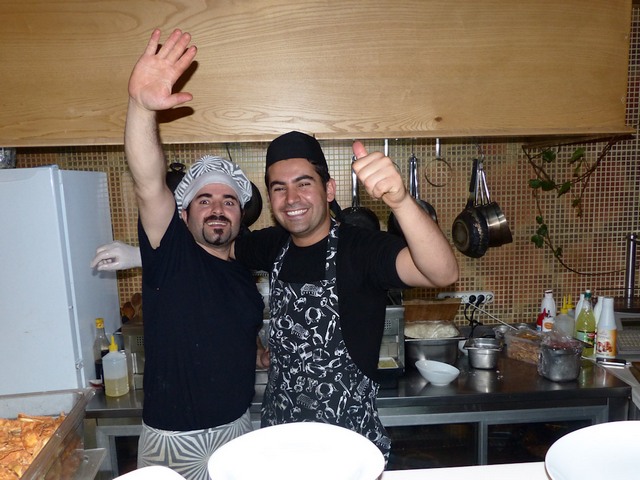
Street Photos
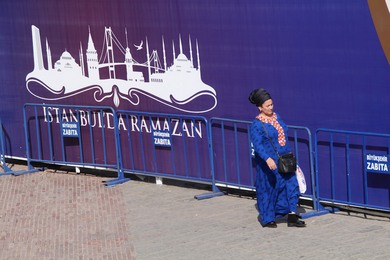
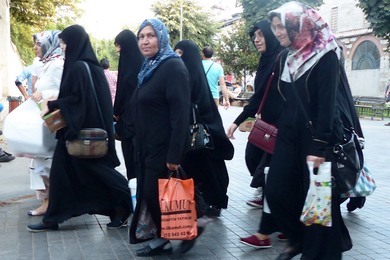
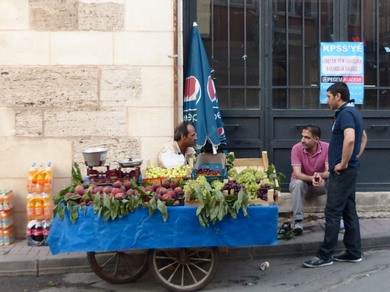
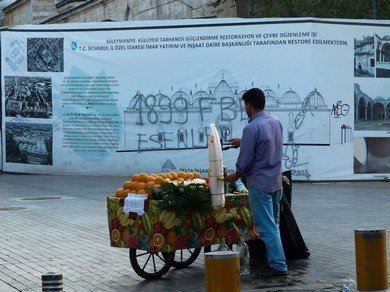
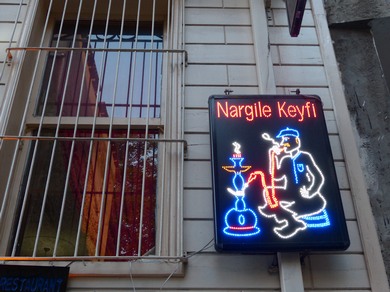
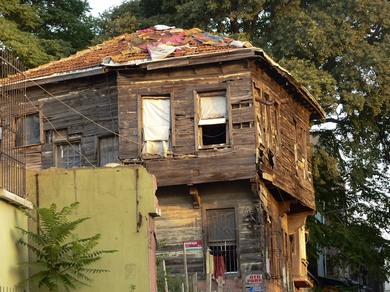
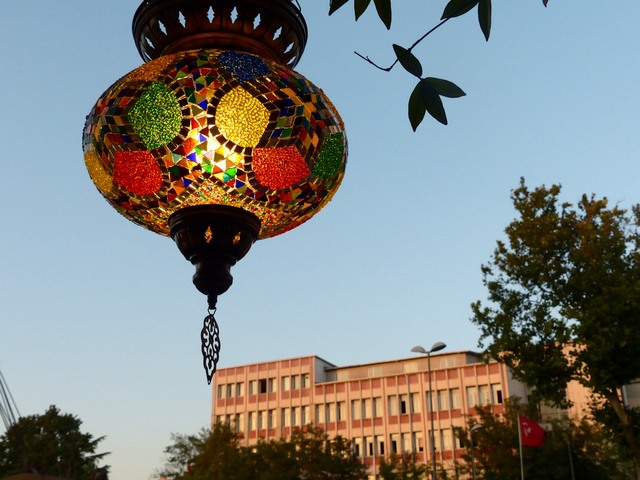
As we moved on, we witnessed large throngs of people gathered around the
mosques and parks having their meals picnic style. The pictures below were
taken at the Hippodrome of Constantinople, a large oval park where chariot
and horse races were held during the Greek Hellenistic Period (300 BC to
the beginning of the Roman Empire (about 100 BC). Hippodrome comes from
the Greek word "hippos", meaning "horse.
Ramadan at Hippodrome
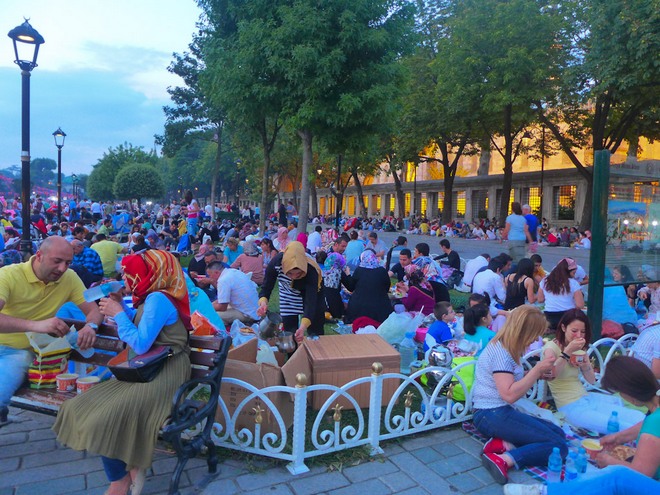
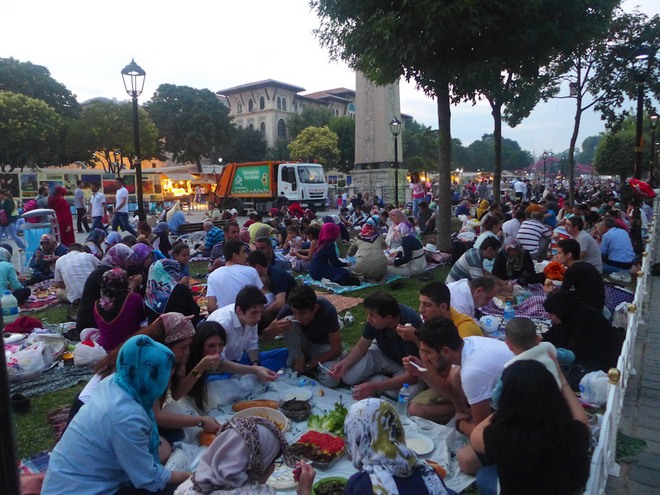
On Day 2, we went to a major site called Taksim Square, considered as the
"heart of modern Istanbul" with all the shops, hotels and restaurants. The
main attraction is the monument/plaza of Ataturk, the acknowledged
architect and father of modern Turkey and “secularized” Islam. (Without
Ataturk, Turkey could have been among the countries not allied of the
Western world.) We went there by taxi, although we could have learned to
use the light rail earlier, thus saving some precious dollars. If one has
limited time in Istanbul, the tourist may miss this over-rated landmark.
As an aside, some tourist literature say this is one of the few unsafe
places in the city, but we never felt this at all unlike some areas in
Rome and Paris. In fact, we felt that Turkey is among the safe places for
tourists.
Taksim Square
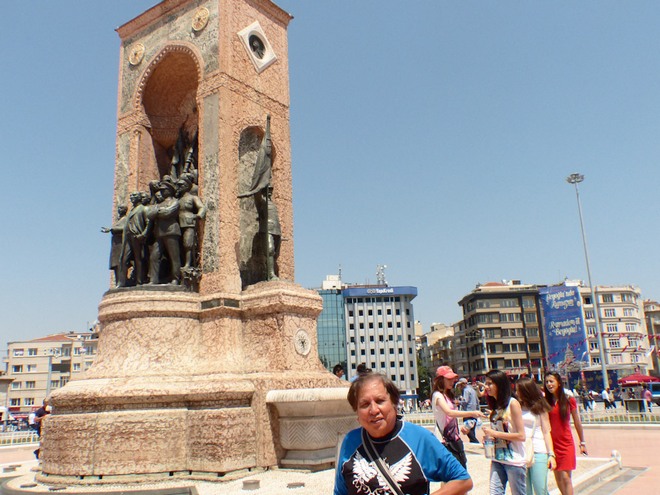
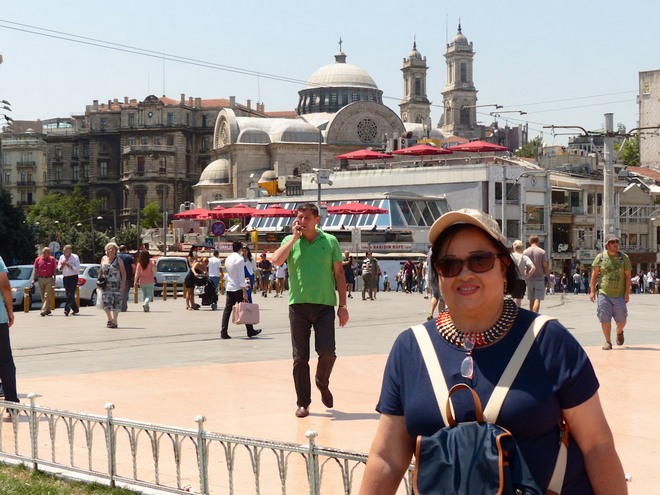
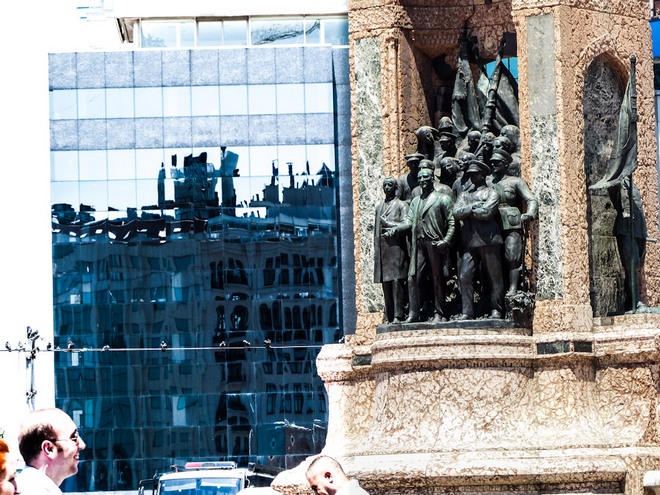
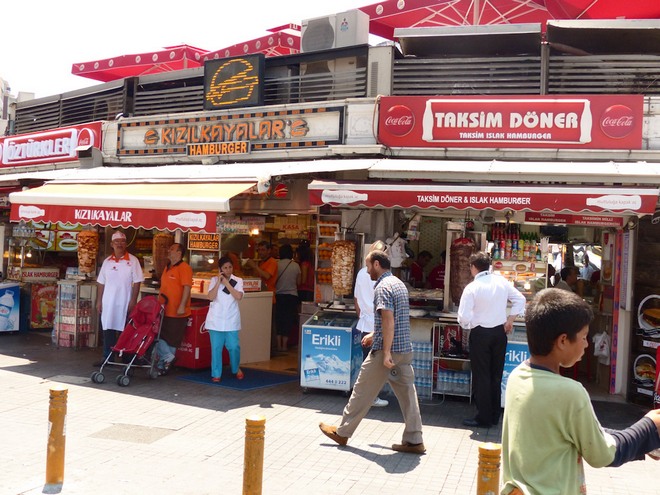
Regrettably, we took the taxi again and proceeded to Hagia Sophia
(Turkish: Ayasofya, means holy wisdom in Greek), a mosque that I
personally consider as the most major site in Istanbul. Hagia Sophia is so
rich in history and its significance is aptly described in a required book
as a UP student of Political Science - "The Uses of the Past" by Muller
(first published in 1952). It is one of the world's most significant
treasures, as this structure has survived several centuries of various
regime changes since it was inaugurated by the Roman Catholic Emperor
Constantine the Great way back in 360 AD. Lately, there is a move by some
Turks to convert this to a mosque that threatens to lose its "museum
status". An extensive reading about this facility will surely enhance the
experience of any visitor.
Hagia Sophia
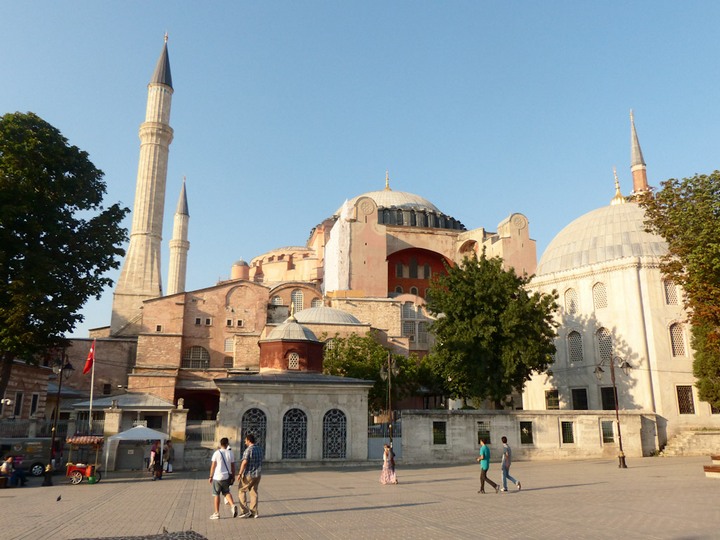
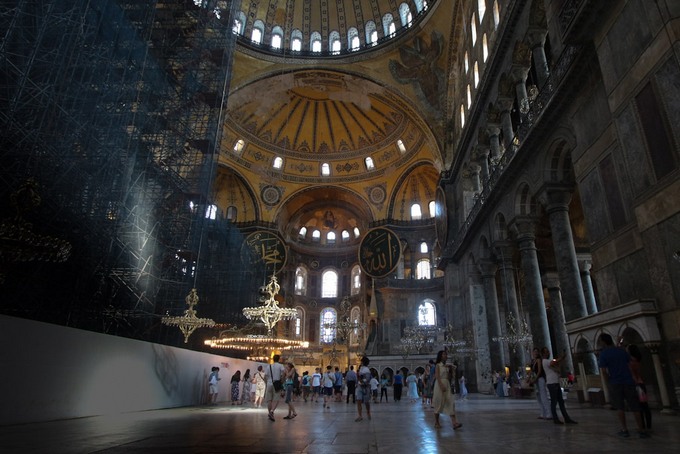
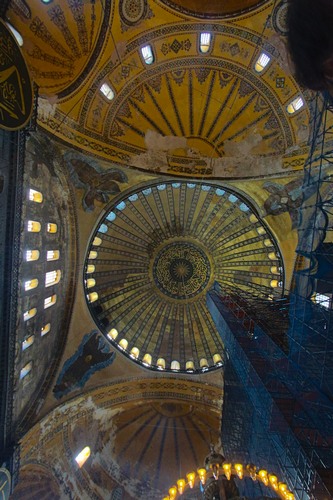
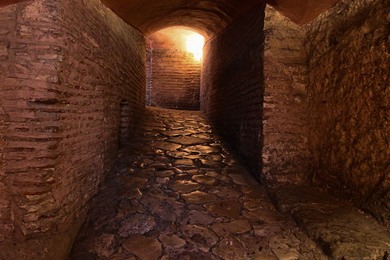
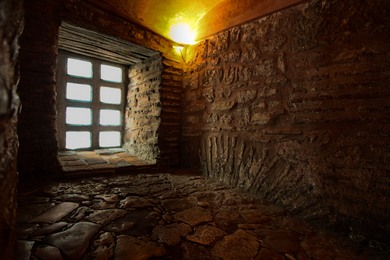
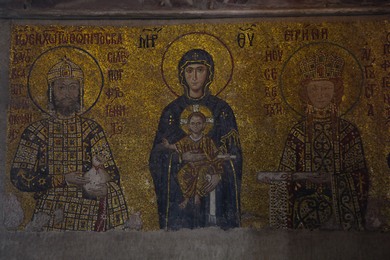
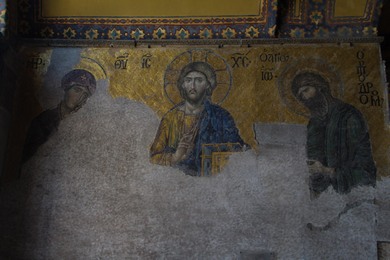
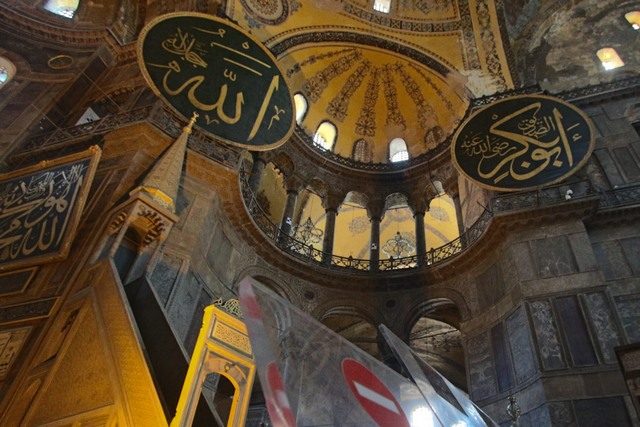
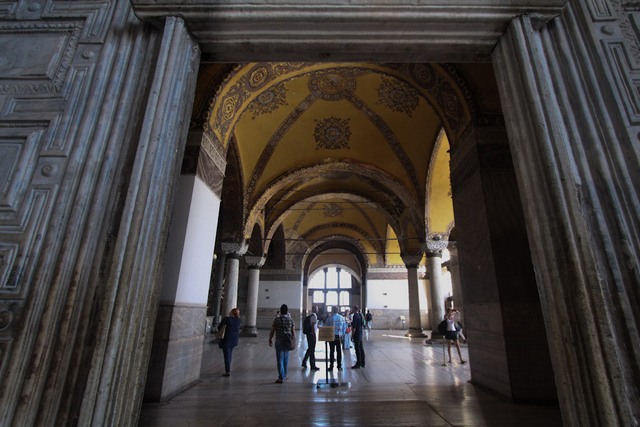
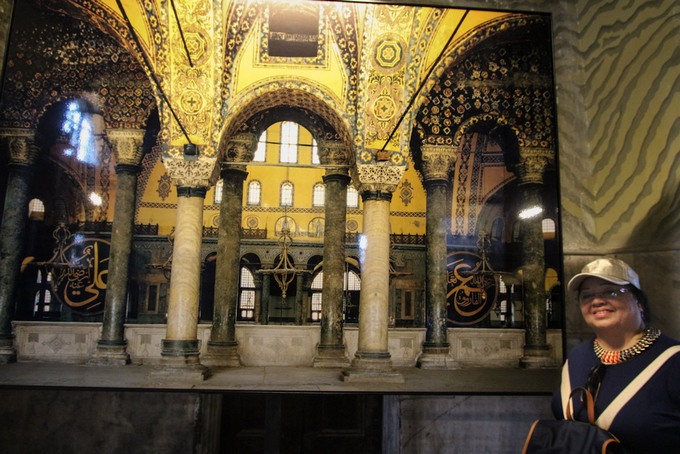
Another major site outside the walls of Constantinople and not reachable
by light rail transit is the Chora Church. The interior of the building is
covered with the original Byzantine-era mosaics and frescoes, perhaps
housing the richest collection of such artifacts of the period. One who
does not have any interest in such artifacts will find the entrance of 30
Turkish Lira (US$15) a bit expensive, plus a total of US$30 for taxi round
trip.
Chora Church
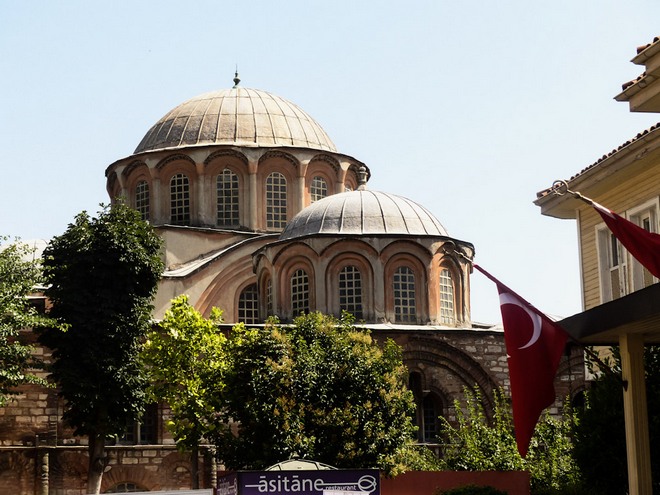
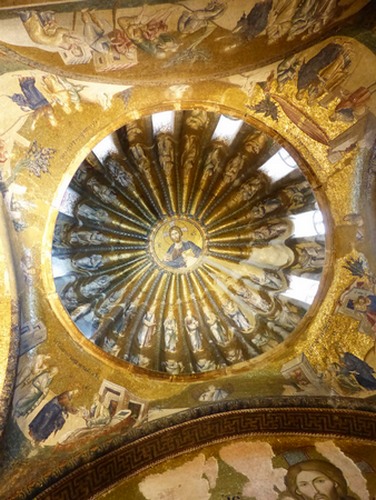
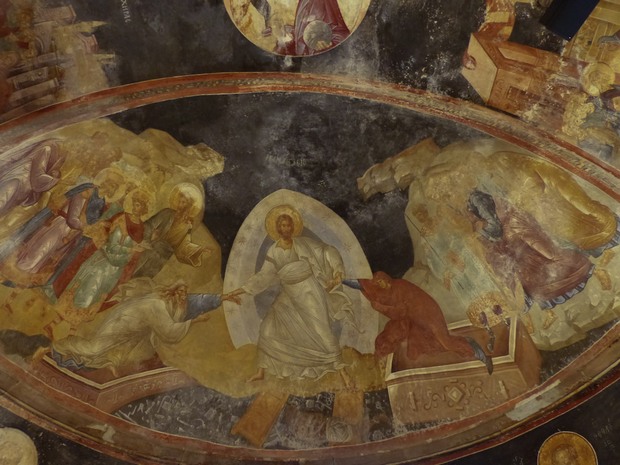
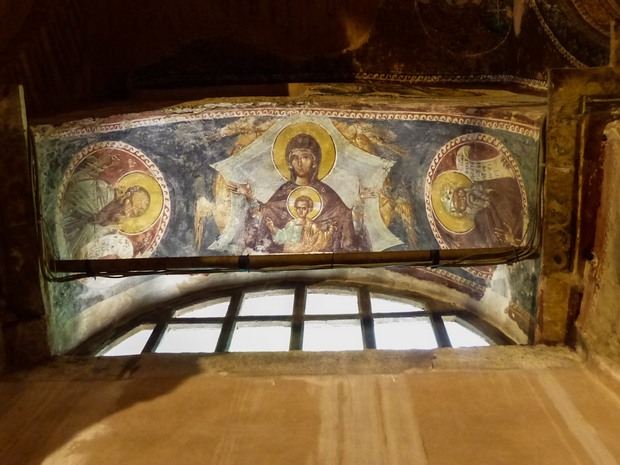
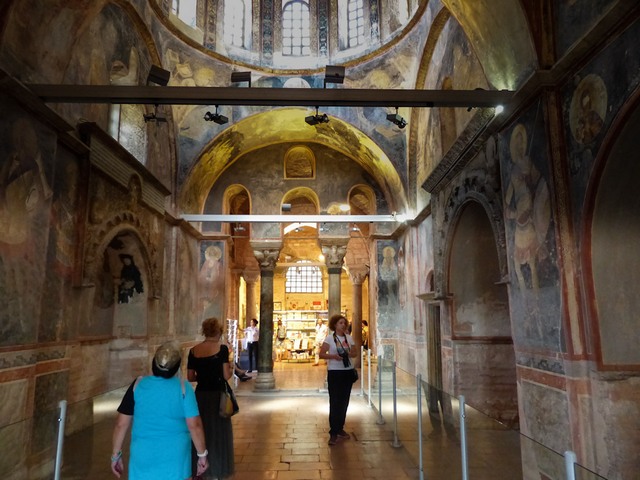
We linked up with our tour group on our third day. It was a very busy one
that started with The Egyptian Bazaar (also called Spice Market). Not as
huge as the Grand Bazaar, I personally like the Egyptian Bazaar better as
the prices were more reasonable, and the store employees were more "cariñoso".
Egyptian Bazaar
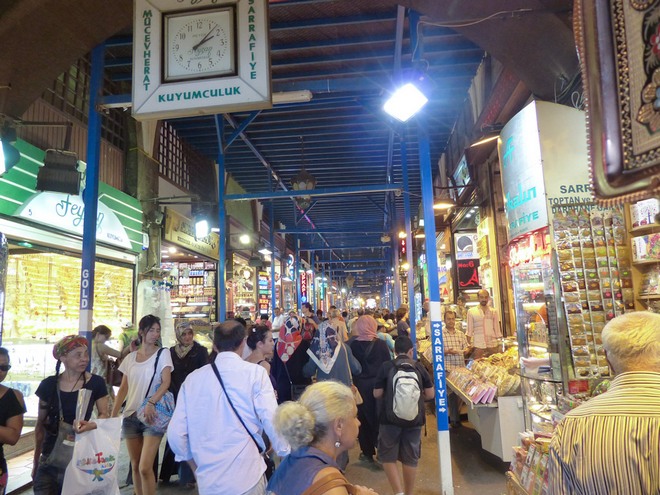
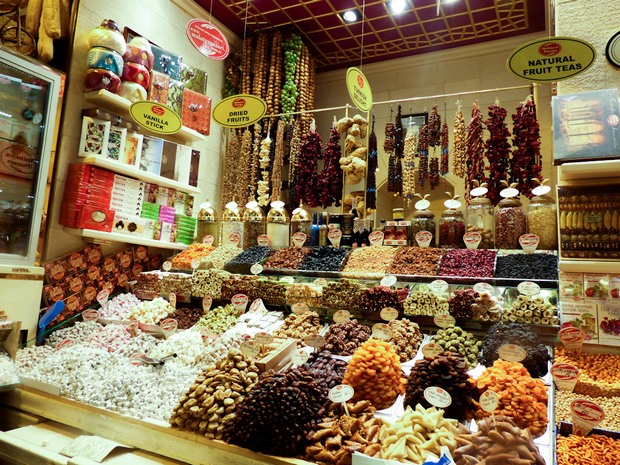
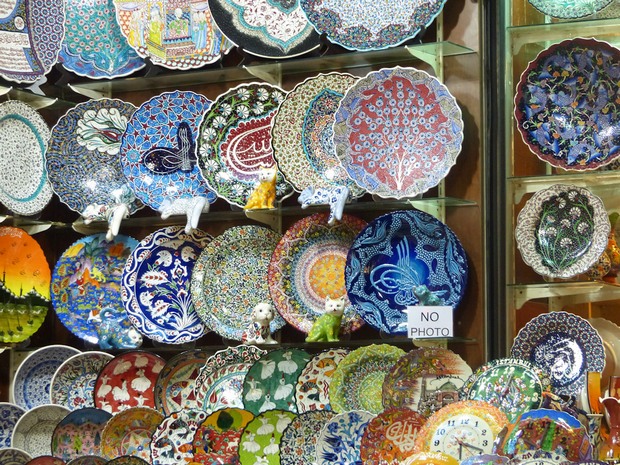
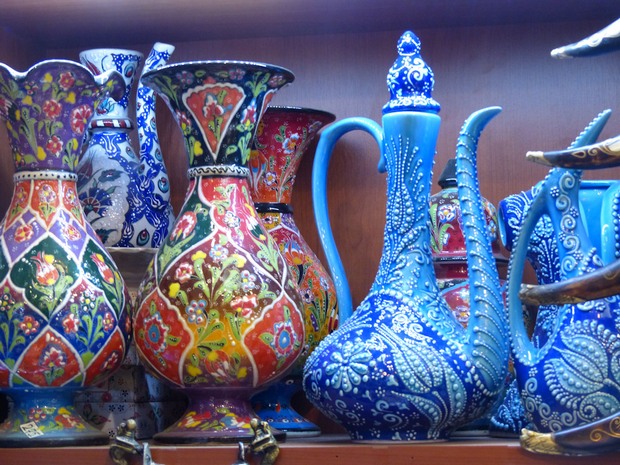
From there, we took a tour at the Bosphorous Strait. This wide river
separates the European and Asian side of Turkey, and is a strait the lies
between the Sea of Marmara and the Black Sea. The cruise offers so much
with all the upscale neighborhoods of different characters, lush
woodlands, palaces of the late Ottoman period, and parks - clearly a most
scenic one that should not be overlooked any tourist. The strait looks
very clean and unpolluted, and perhaps because only a few vessels are
allowed to ply this route. Not even the mansions along the strait neither
have their private docks or boats.
Bosphorus Cruise
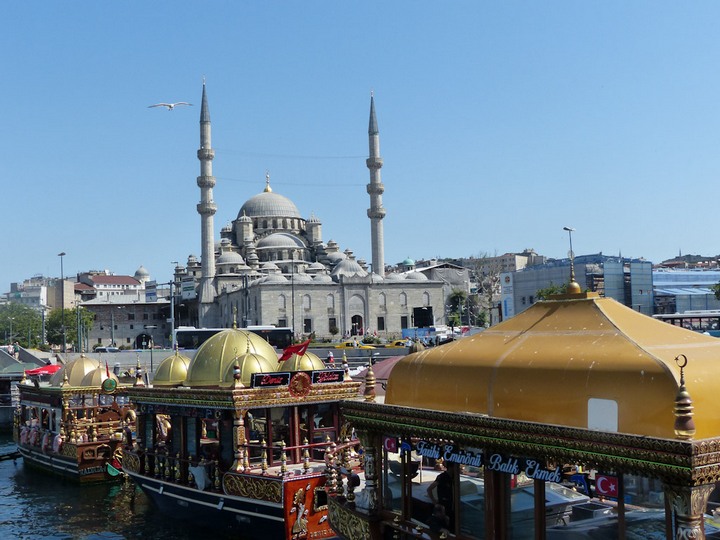
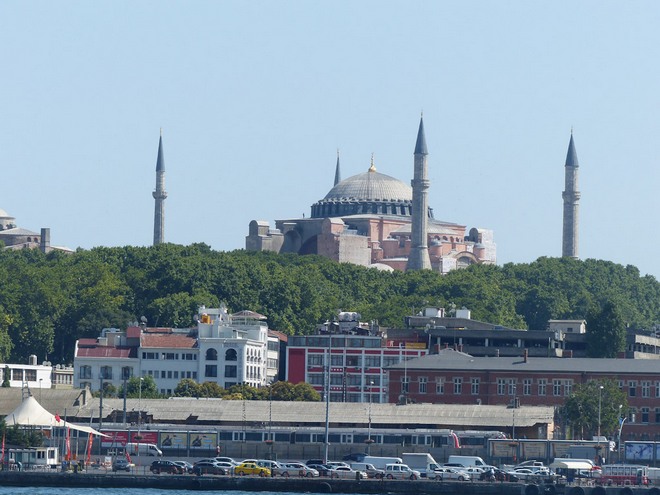
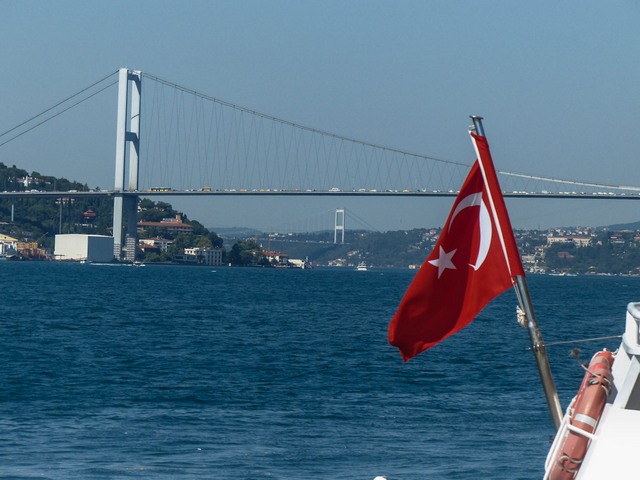
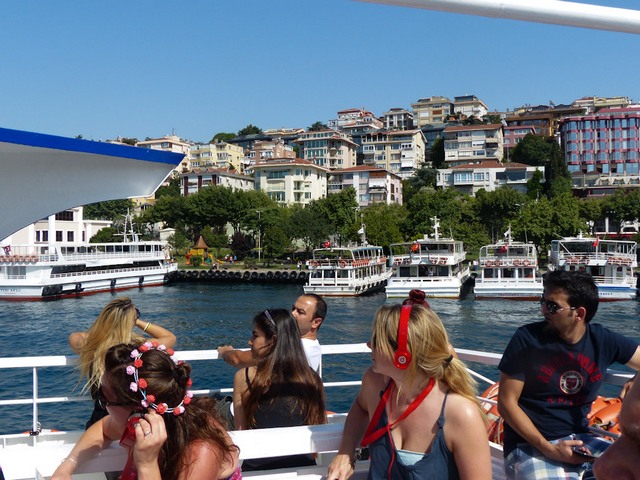
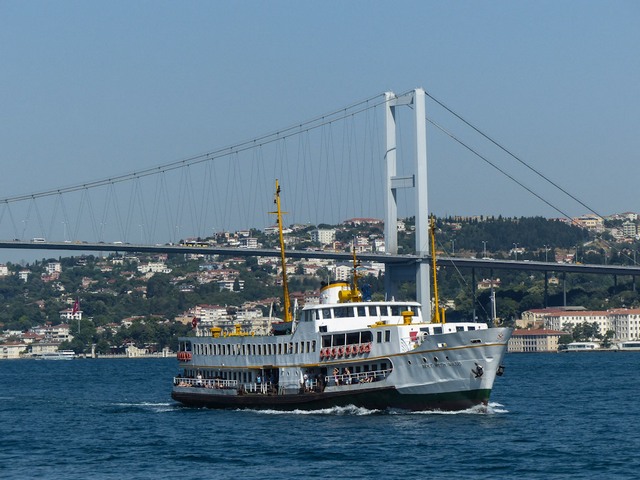
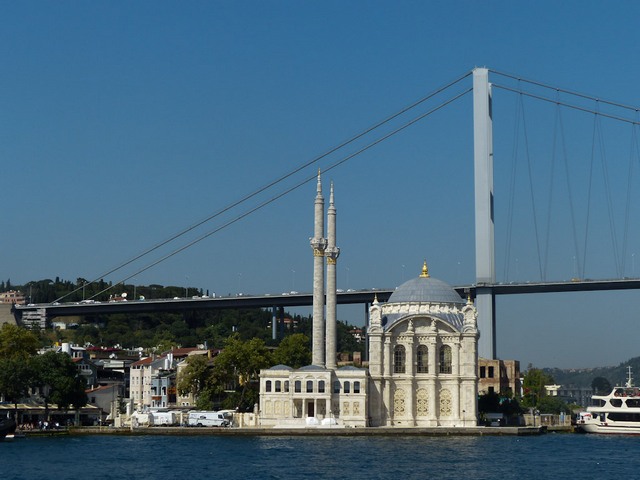
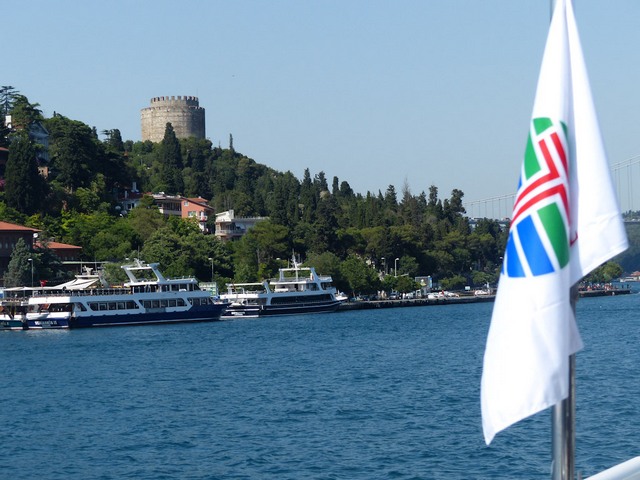
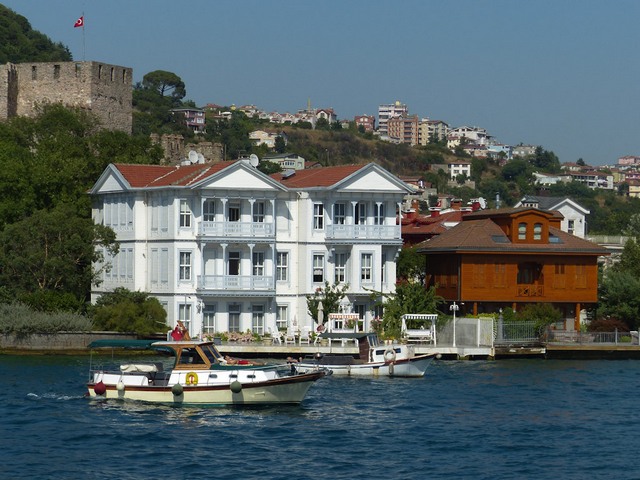
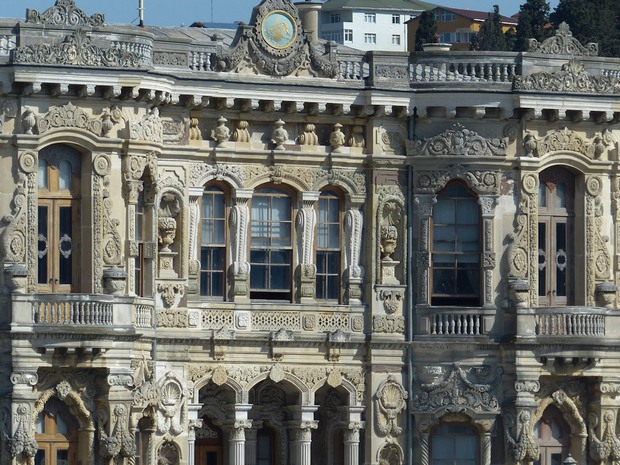
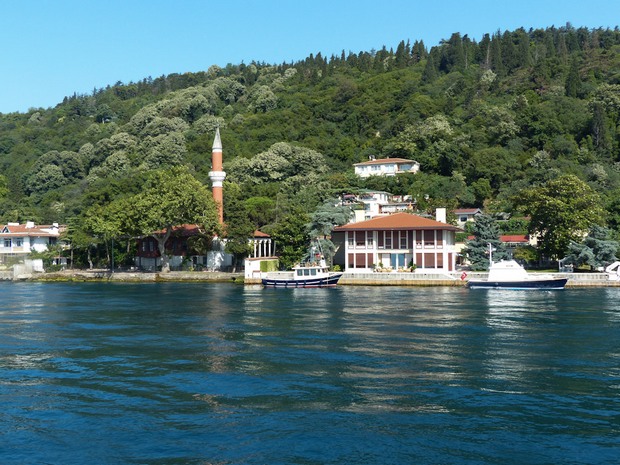
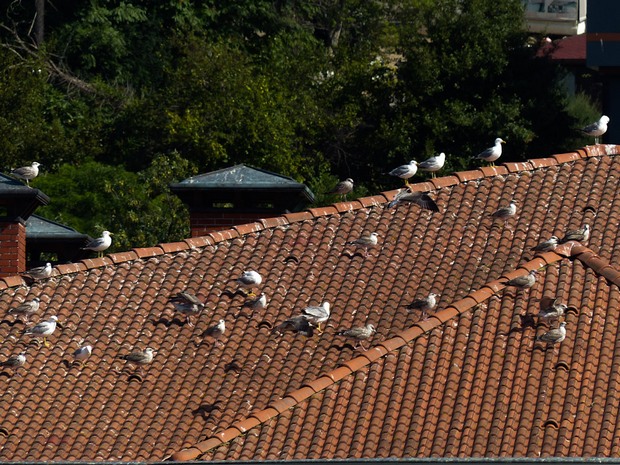
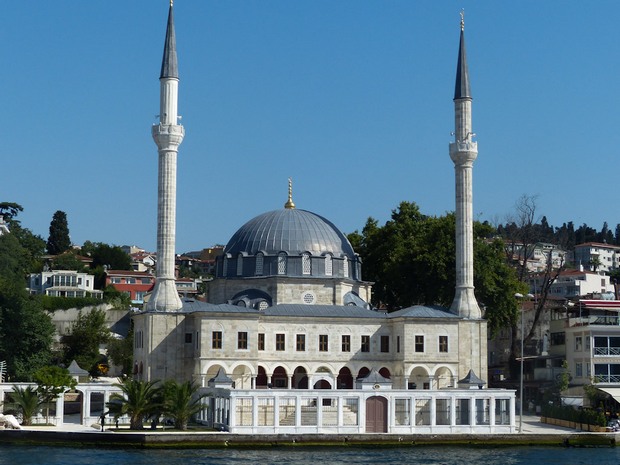
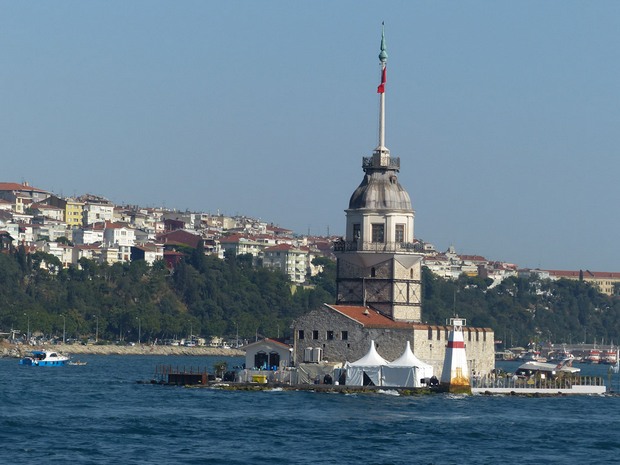
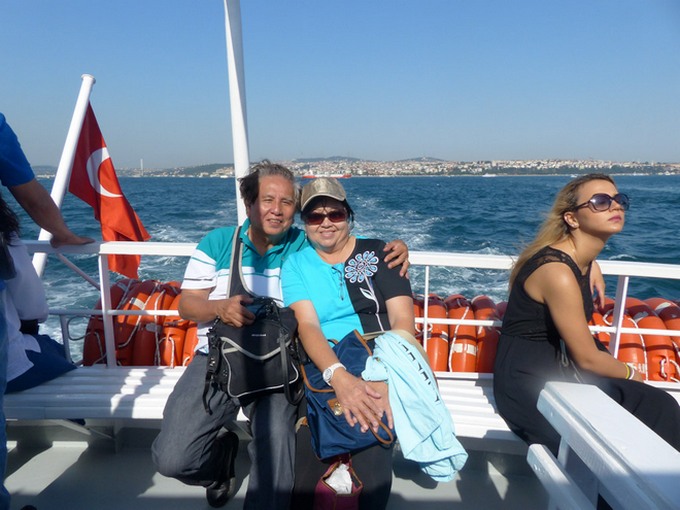
The cruise ended at the Galata Bridge. Taking a tip from the renowned
travel expert Rick Steves, we stayed on to enjoy the site of about a
hundred fishermen cast their fishing lines along the edges of the bridge.
And fish were so unbelievably abundant so that each one would not go home
without a catch. One could buy freshly caught fish right there! Right
under the bridge are several restaurants offering fresh seafood. We took a
3-hour dinner to watch people go by, and wait for the magnificent sunset.
Galata Bridge
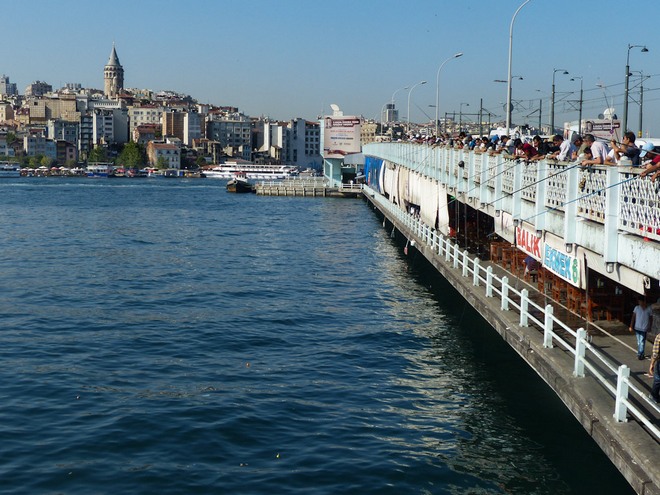
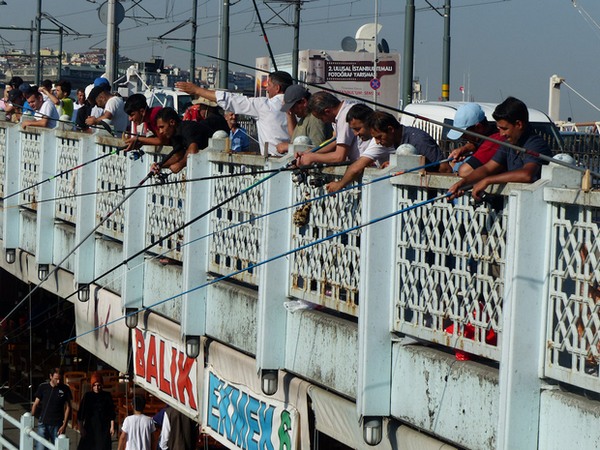
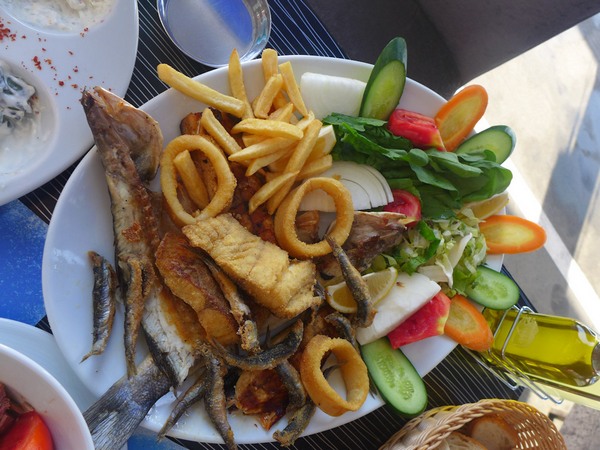
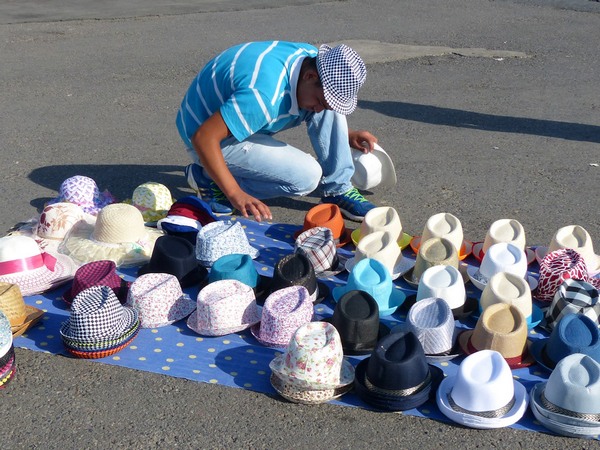
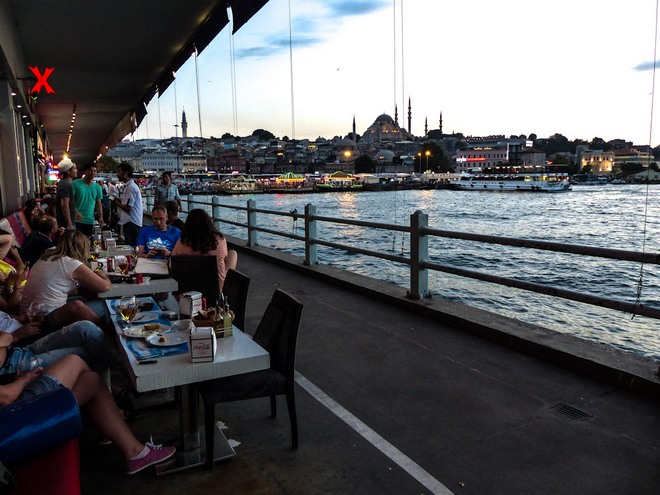
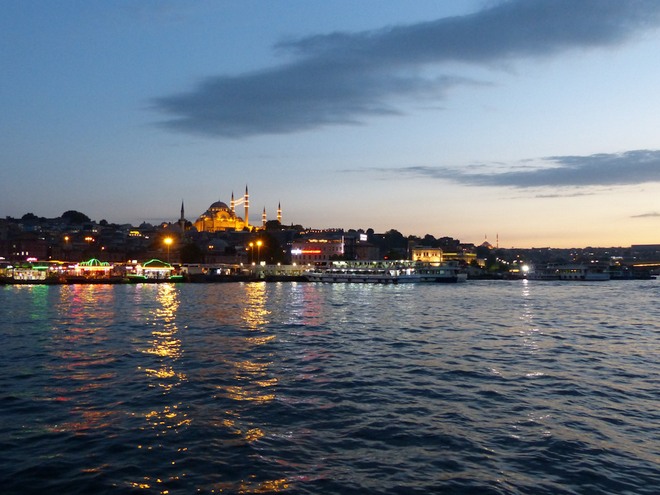
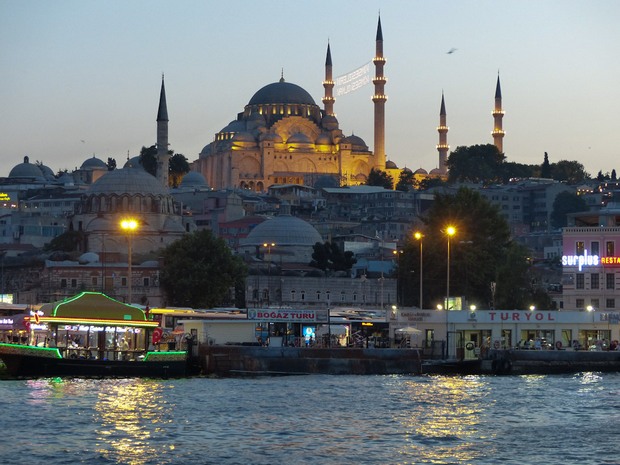
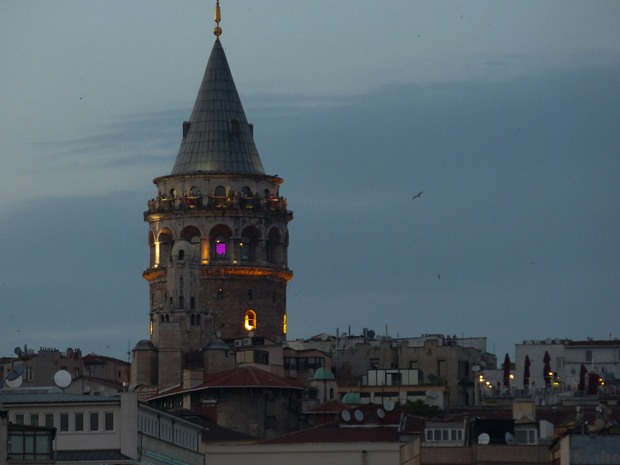
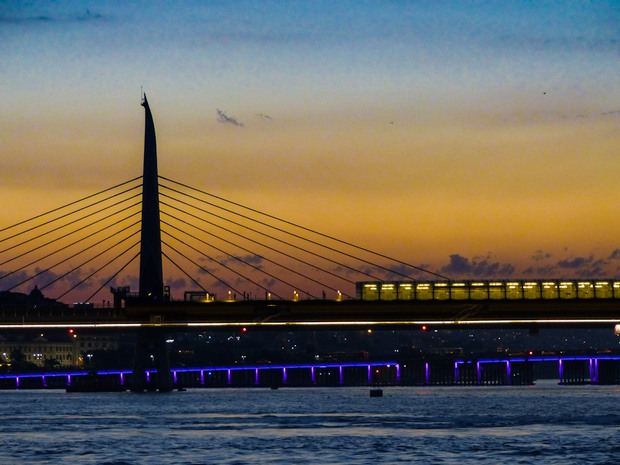
Day 4 was yet another day to enjoy more unique sites - the Basilica
Cistern, the Galata Tower, and the Topkapi - each offering their
distinctive attractions. The Basilica Cistern is a "must-see" while in
Istanbul. Built underground in the 6th century AD, the cathedral-size
cistern used to hold 2.8 million cubic feet of water that supplied major
imperial buildings in the ancient times. Not to be missed are two heads of
Medusa at the end of the cistern. Tradition has it that the heads are
oriented sideways and inverted in order to negate the power of the
Gorgon’s gaze.
Basilica Cistern
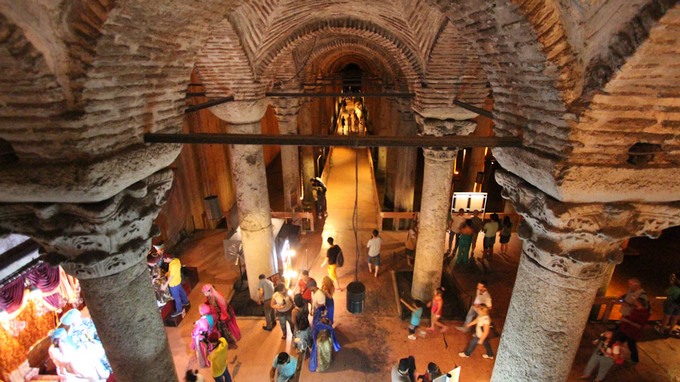
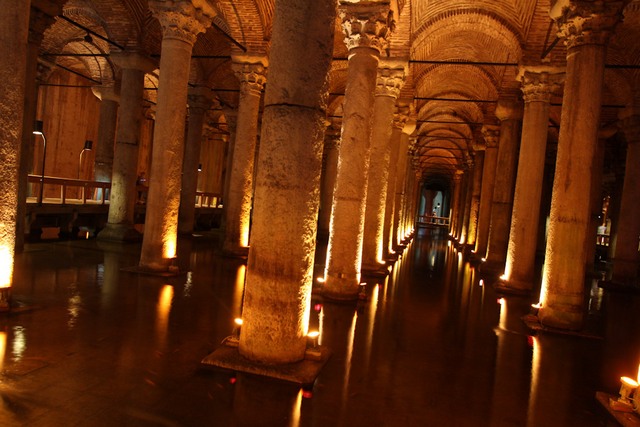
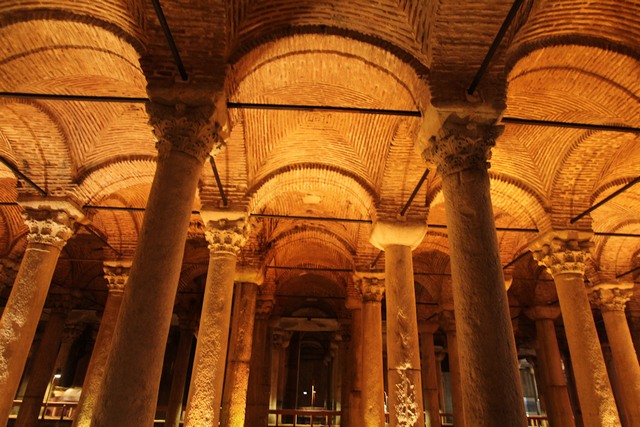
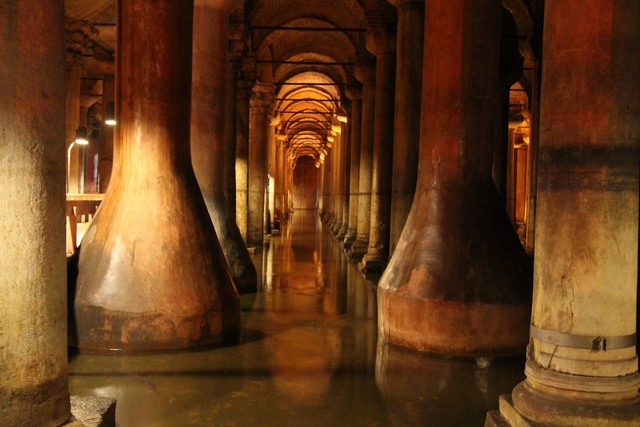
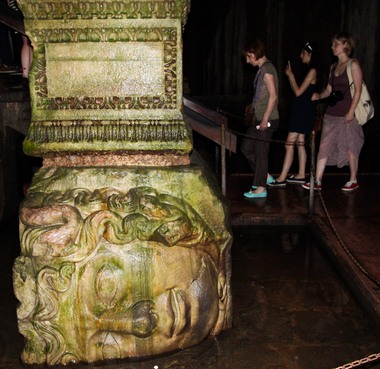
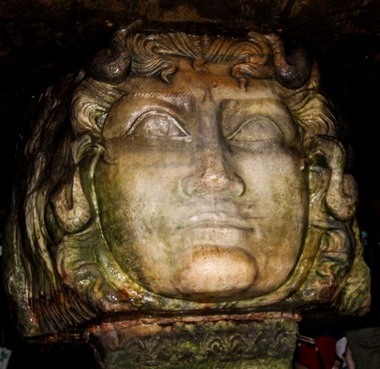
Galata Tower
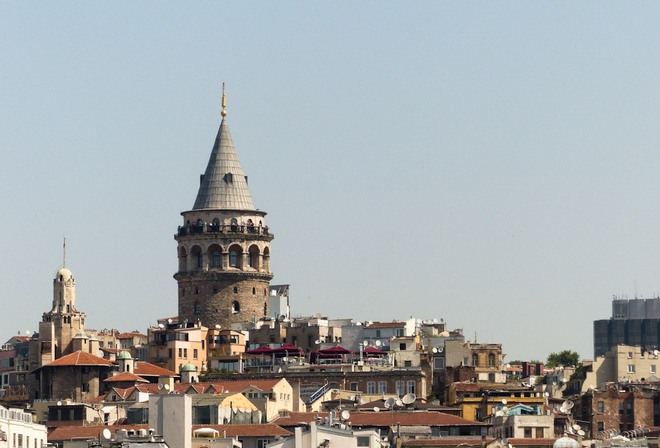
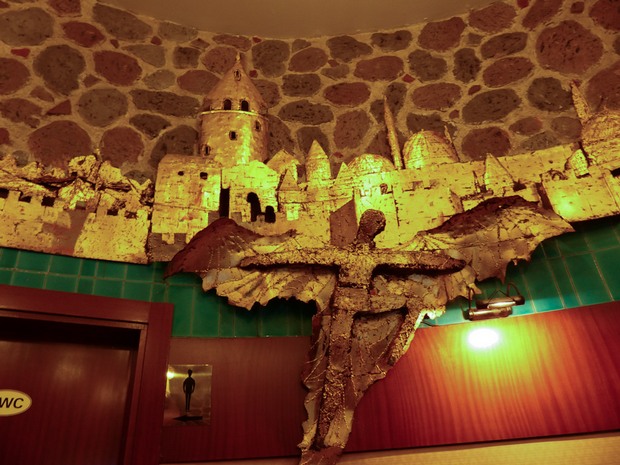
One should not miss the Topkapi - the primary residence of the Ottoman
sultans for approximately 400 years (1465–1856) of their 624-year reign.
As well as a royal residence, the palace was a setting for state occasions
and royal entertainments. It is now a museum and a major tourist
attraction. It also contains important holy relics of the Muslim world,
including one of the world's largest diamonds and other precious stones,
the Muhammed's cloak and sword, as well as the most important artifacts of
the Ottoman Empire. Very visible from the Bosphorous Strait, the Topkapi
is seated on top of one of the tallest hills and offers and beautiful view
of the strait as well.
Topkapi Palace
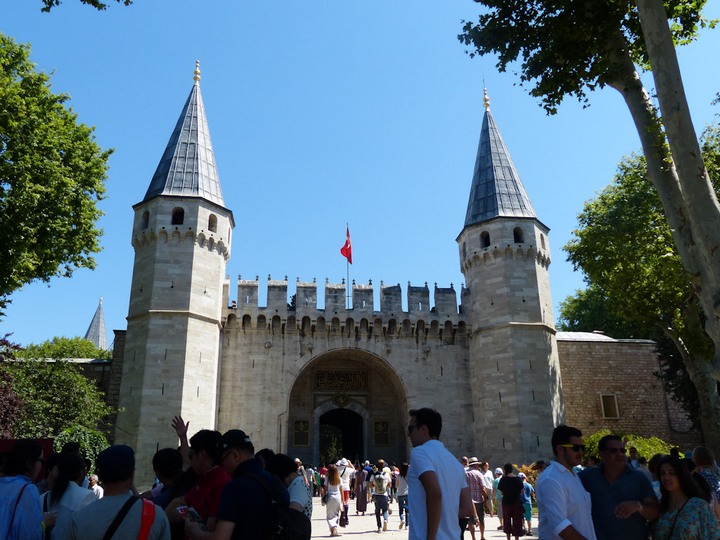
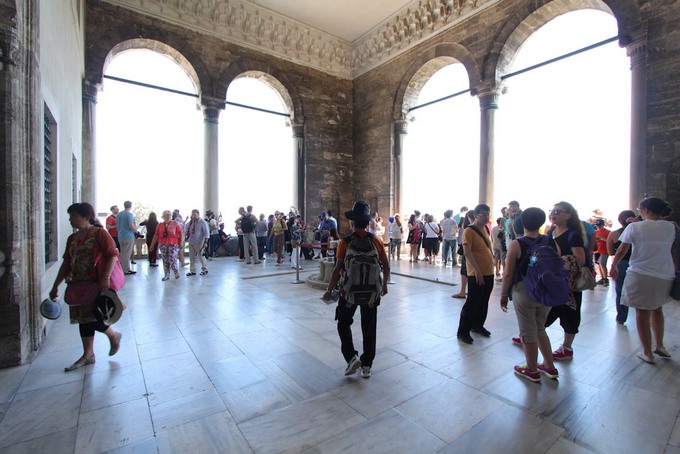
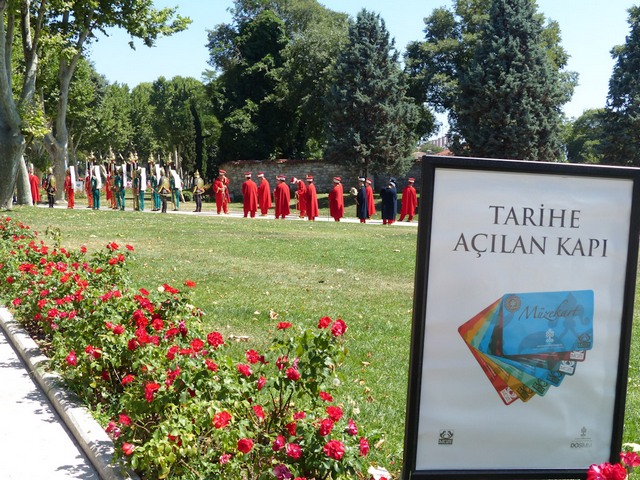
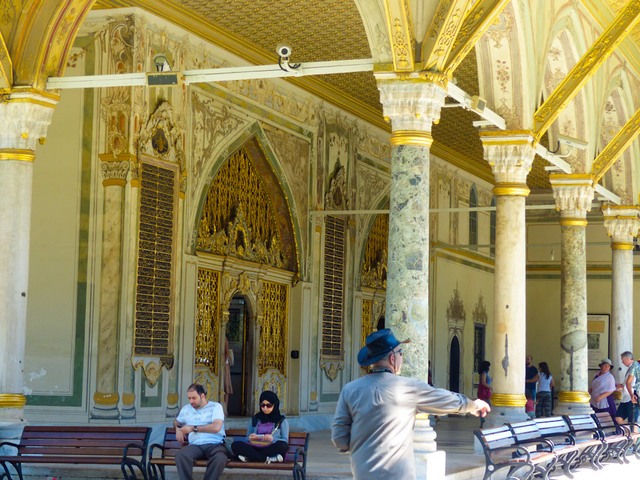
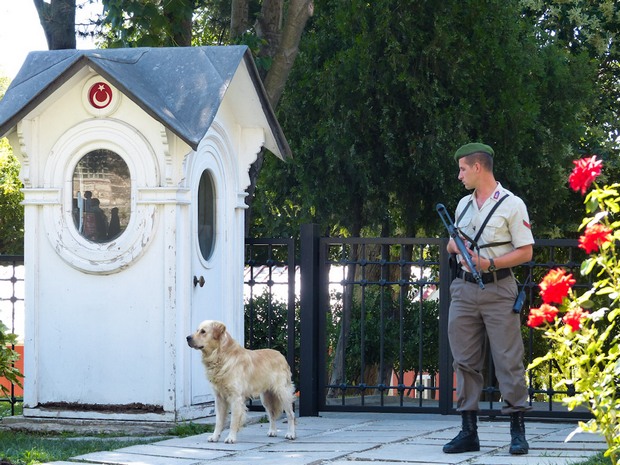
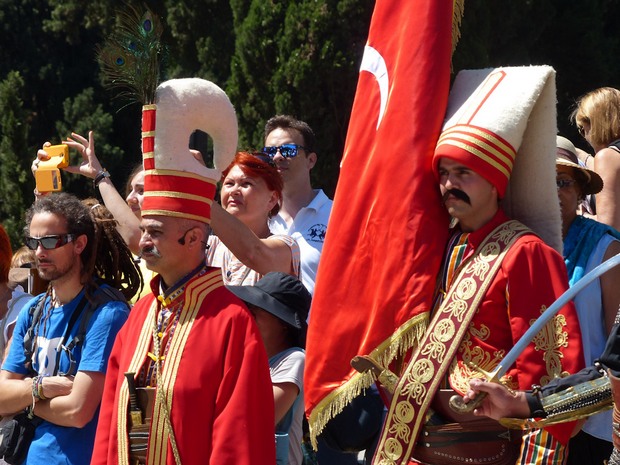
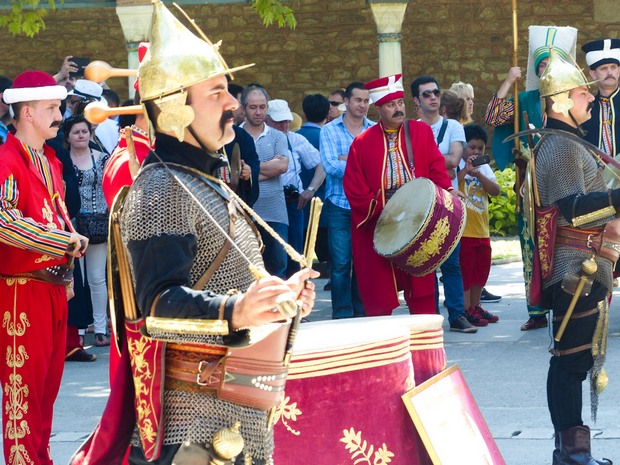
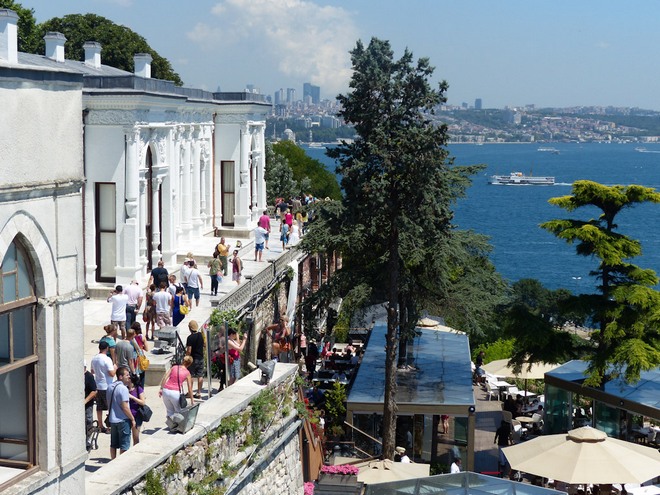
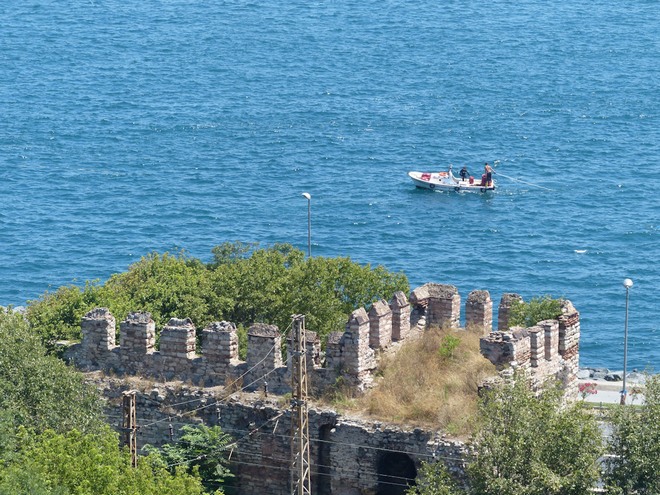
Day 5 was mostly traveling by air and bus to Cappadocia. It would have
been quite an experience if we were booked in a "cave hotel"… and these
are literally caves carved out from natural stone mountains. (Our son
lodged in one of them.)
We woke up at dawn the next day to take a bus towards the hot air balloon
ride before sunrise. The experience is beyond description and it takes one
to join this tour to be able to appreciate it to its fullest. The pictures
below gives us a glimpse about what this is all about.
Hot-air Balloon Ride in Cappadocia
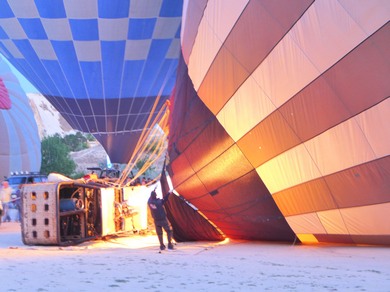
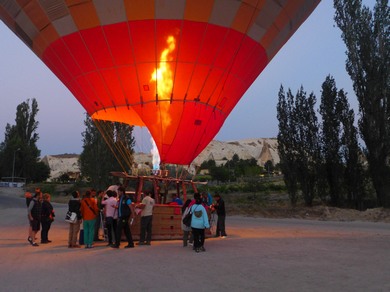
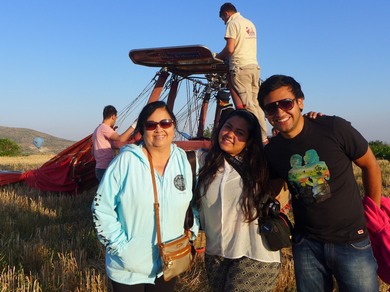
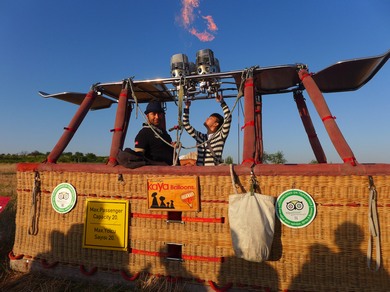
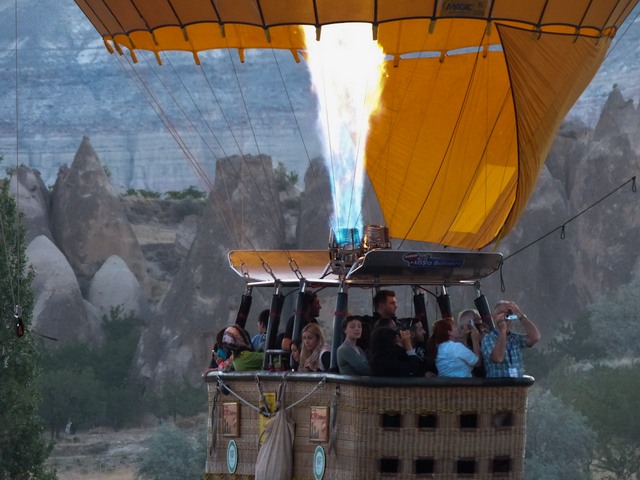
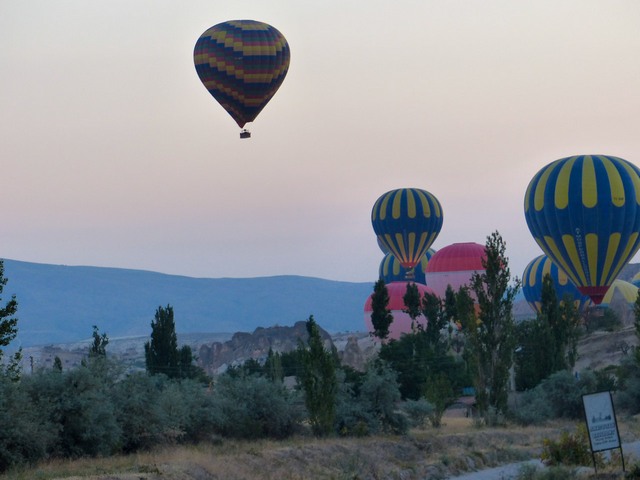
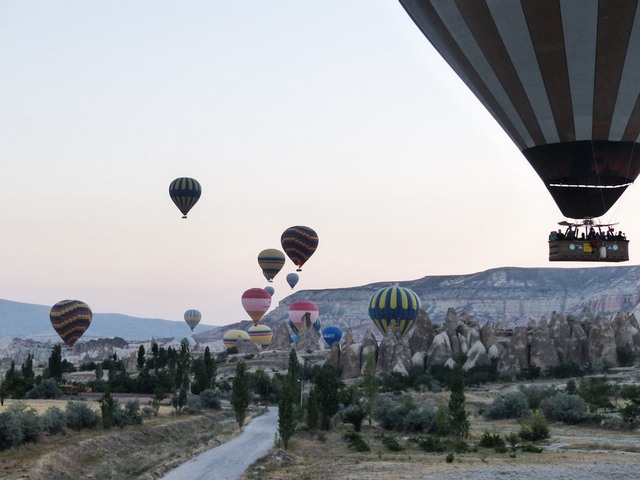
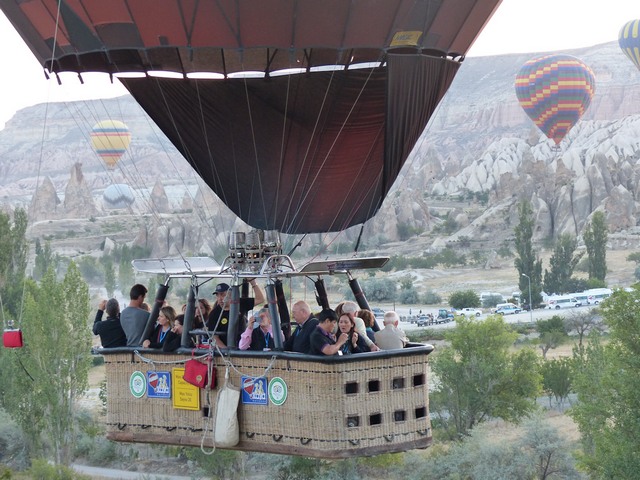
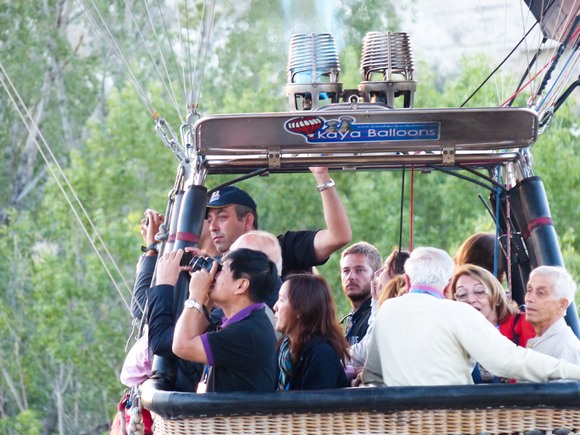
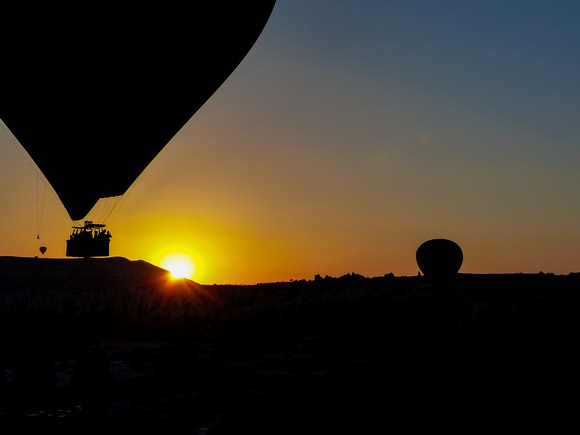
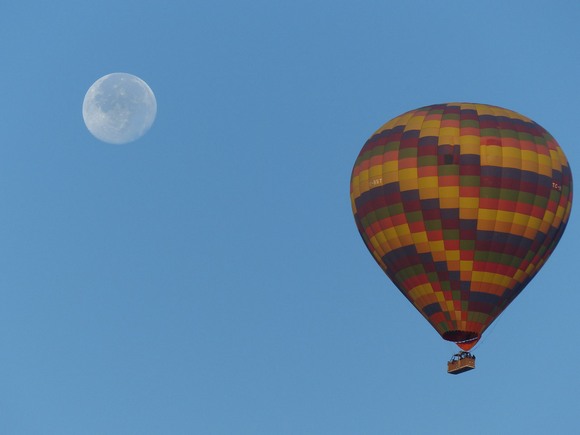
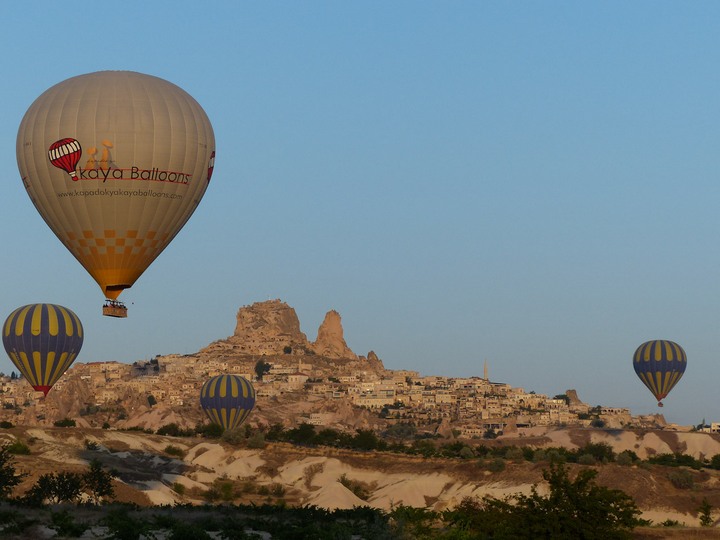
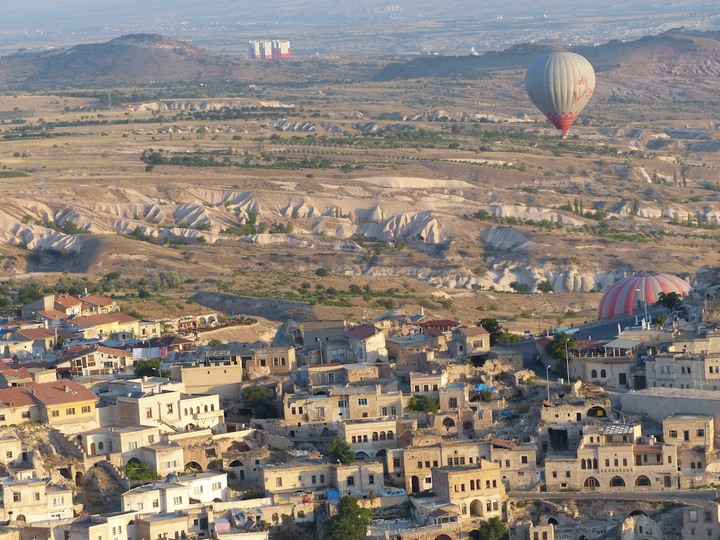
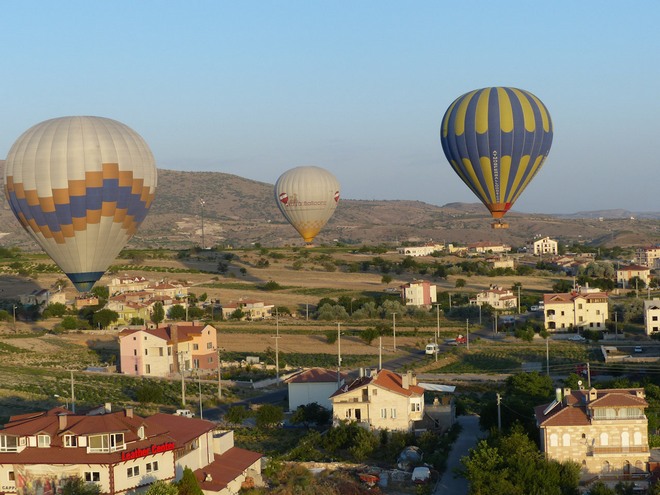
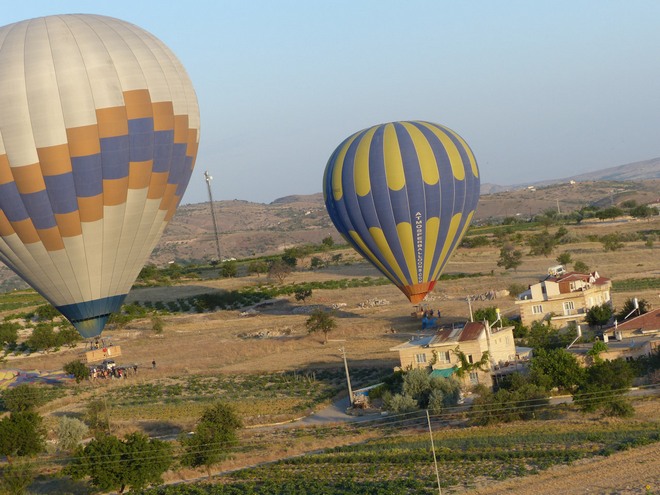
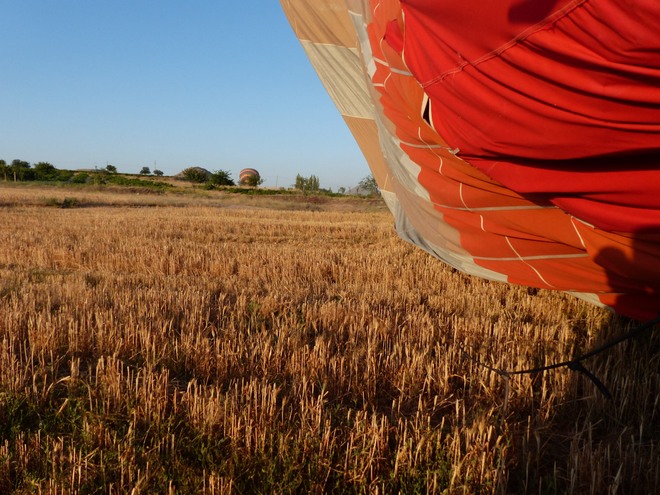
On the same day, we visited the centuries-old pottery town of Avanos.
Pottery Town of Avanos
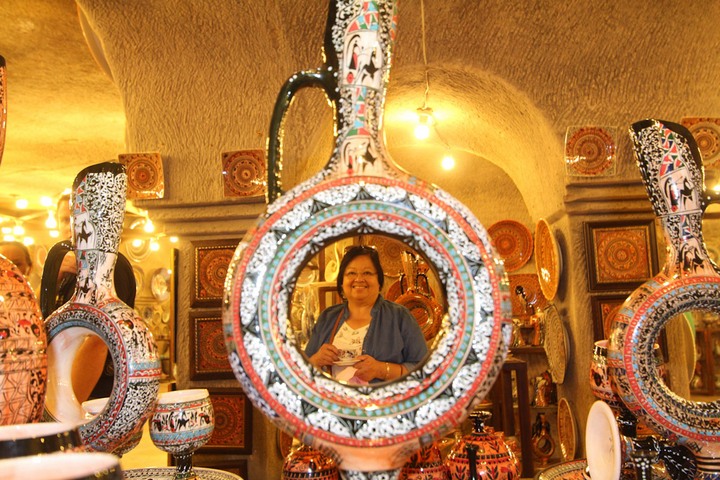
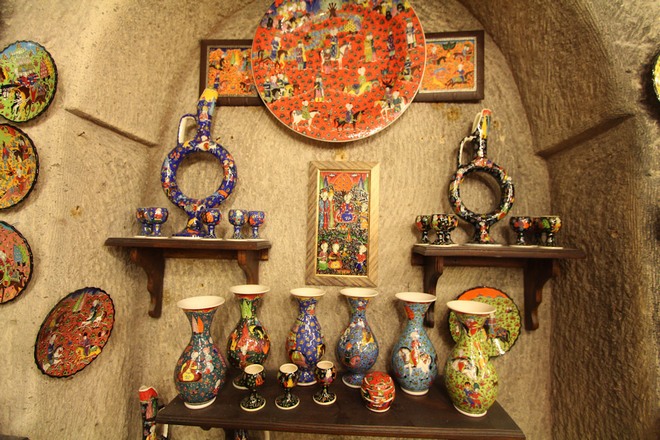
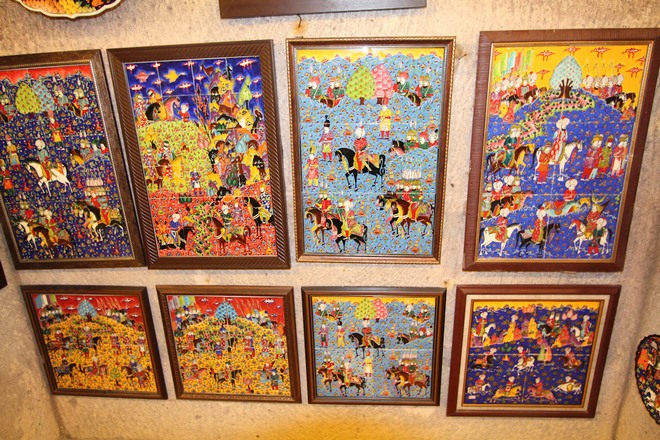
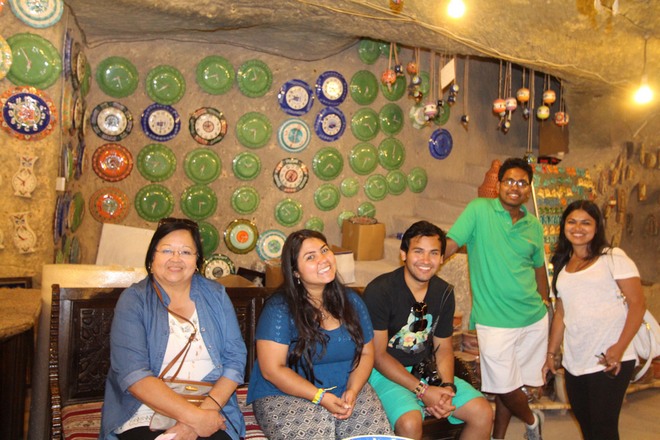
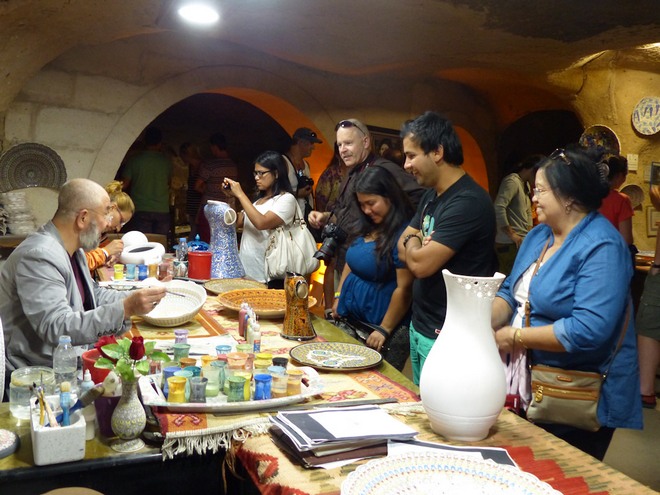
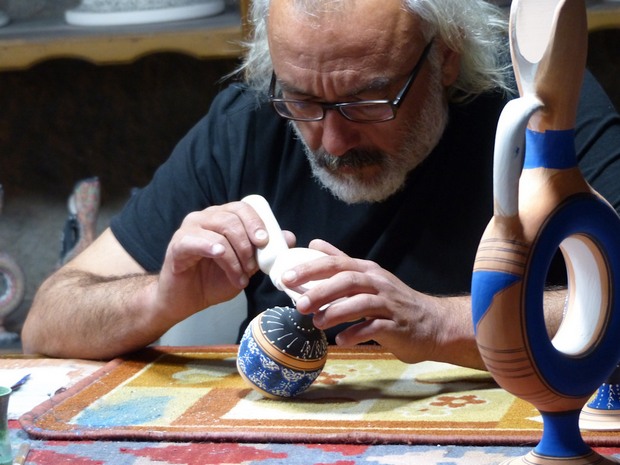
Later, we proceeded to the "Open Air Museum" in Goreme, where the early
Christians built their communities and underground cities inside natural
structures deep in the mountains of stone. The apostle Paul, himself
coming from Tarsus (today located in Mersin, a province of Turkey), St.
Peter and other saints, preached to the early Christians in this place. It
has been a UNESCO World Heritage Site since 1984. Pictures are inadequate
to describe the cathedrals, frescoes, tunnels, and other stuff carved out
from the rocks. As a word of caution, this is one of the most tiresome
trips and will require a lot of bending in order to move inside the
tunnels.
Open Air Museum and Underground Cities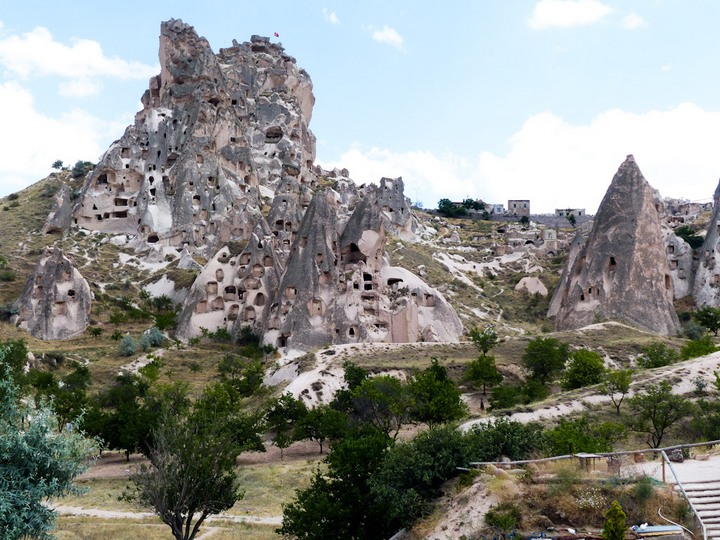
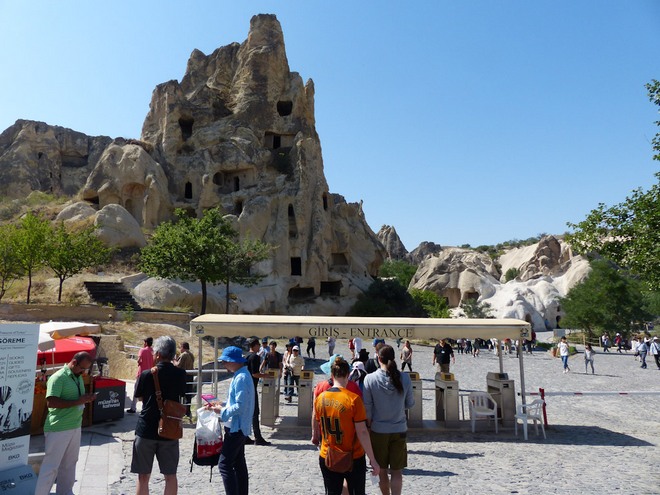
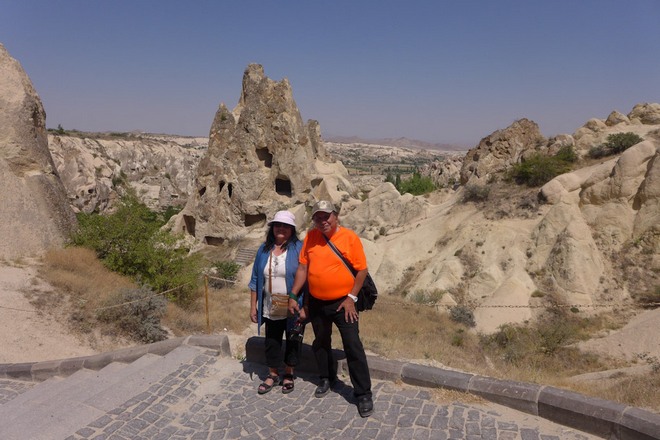
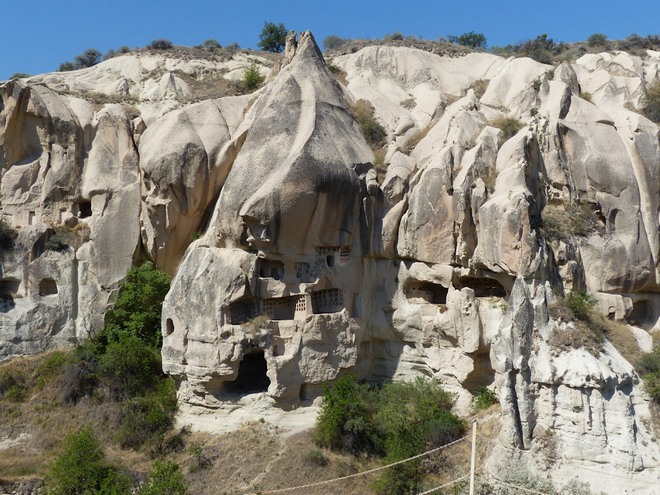
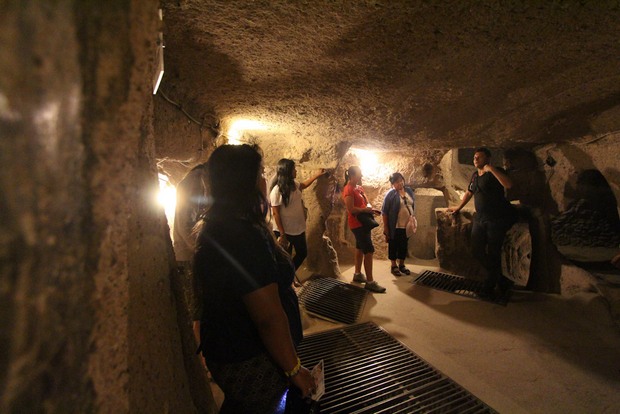
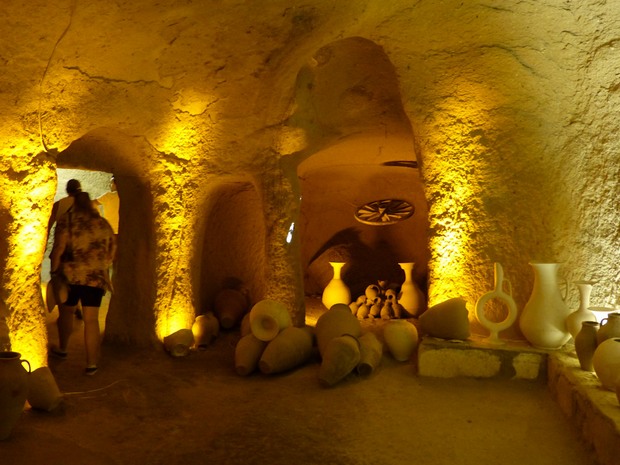
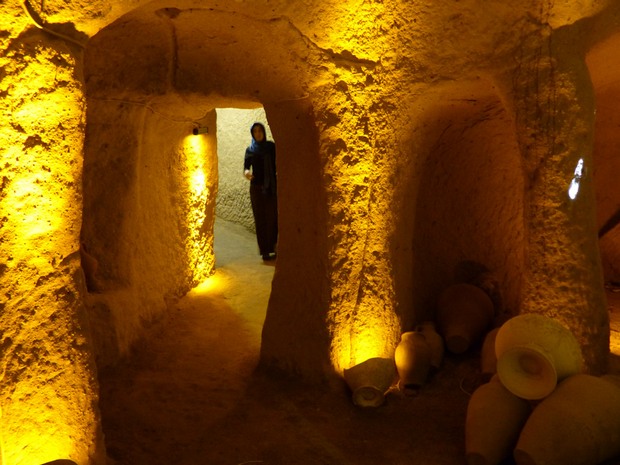
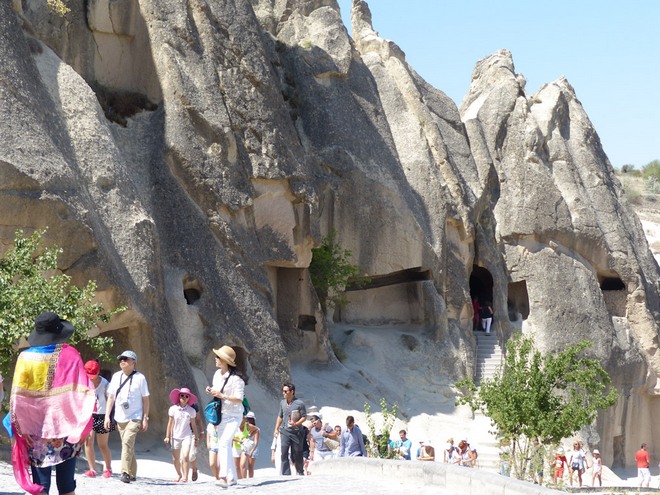
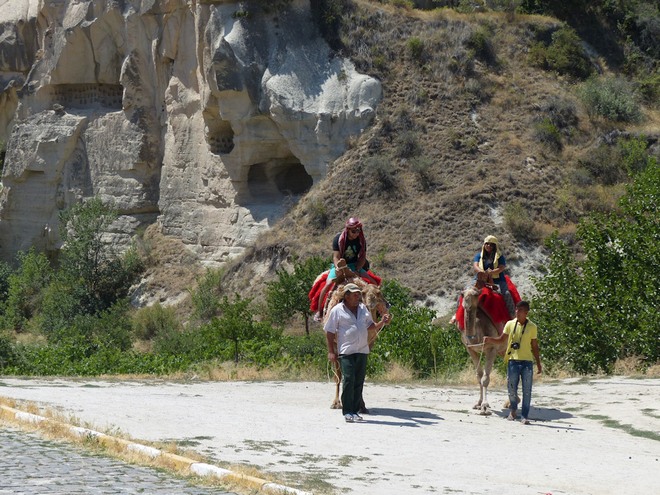
Next stop was the Pigeon Valley, where one can behold thousands of pigeons
amid a backdrop of naturally carved stone peaks and valleys. Another brief
stop was the Imagination Valley, where one can stretch his/her creative
senses and look at the different creatures from the natural rock
formations.
Imagination Valley and Pigeon Valley
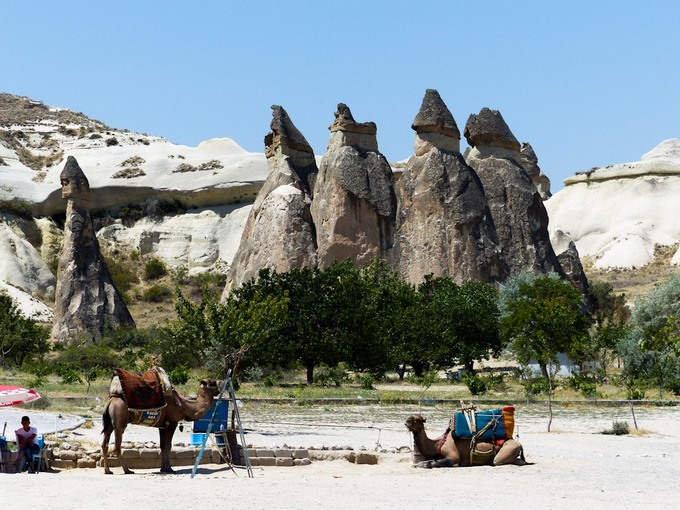
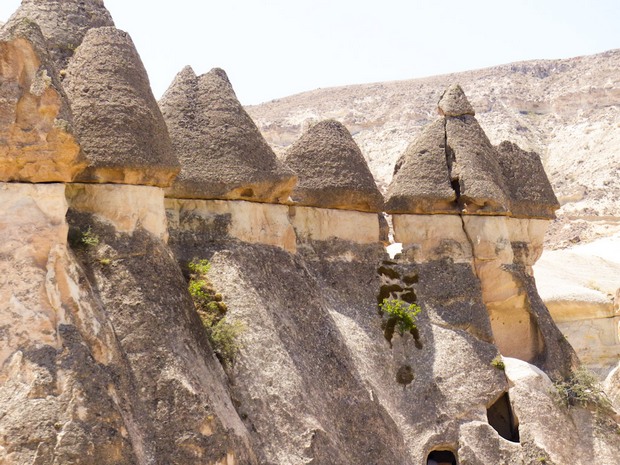
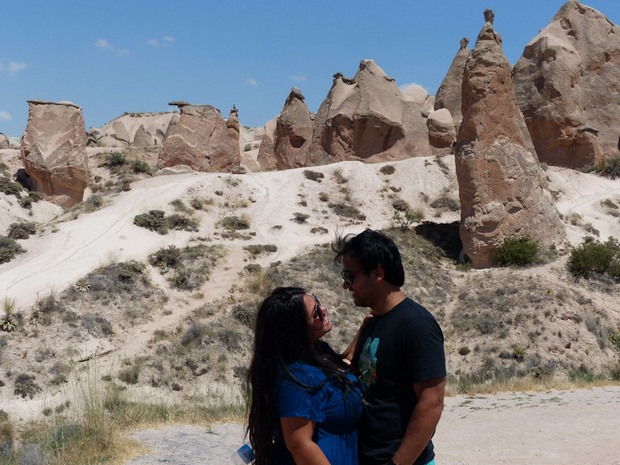
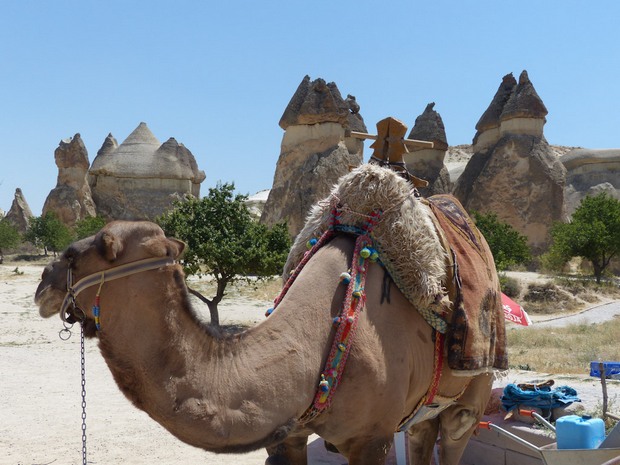
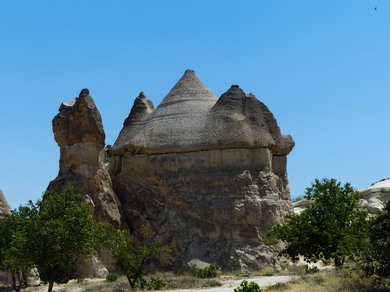
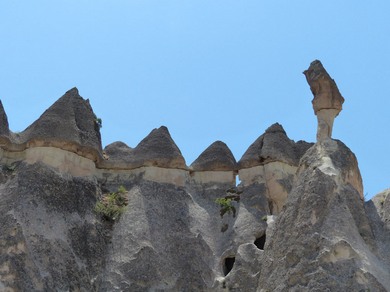
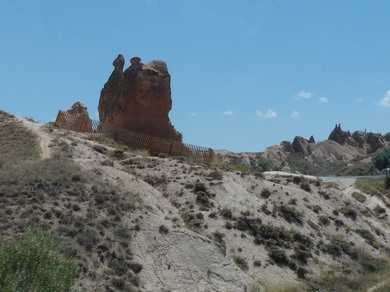
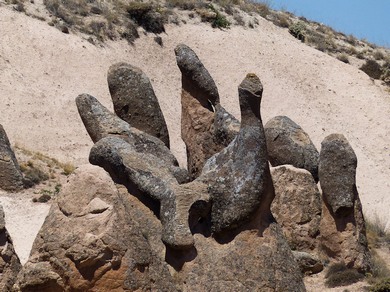
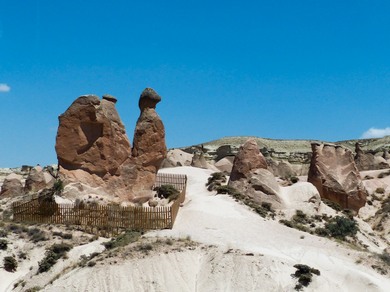
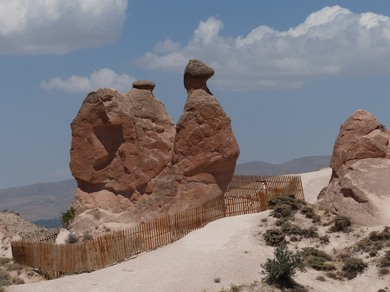
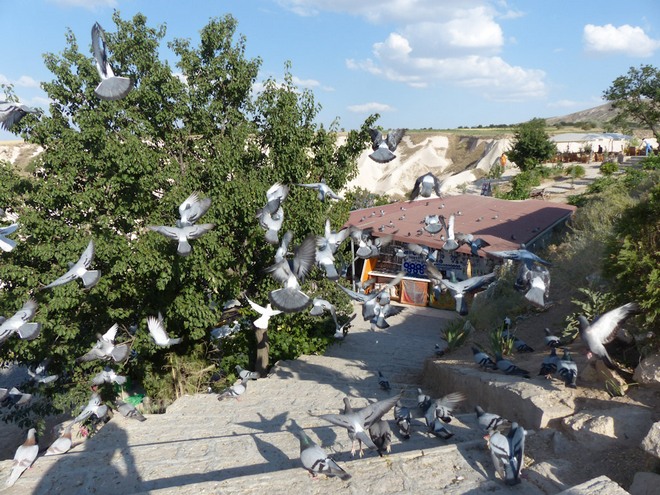
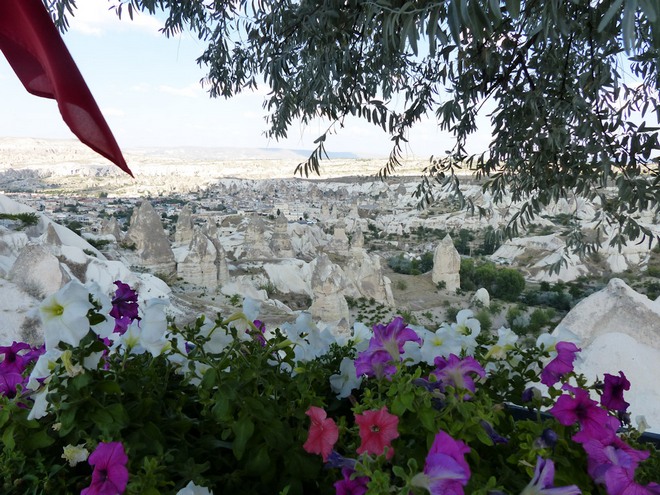
Day 6. We departed early for Konya to visit the Mevlana Museum and
Theological School of Whirling Dervishes. This place is also known for the
practice Sufism, arguably a branch of Islam that is most accepting of
other beliefs. It is a school for actualization of divine ethics that
involves an enlightened inner being, not an intellectual proof but the
practice of the attributes of God. I am sad that this branch of Islam is
but a tiny minority.
Mevlana Museum in Konya
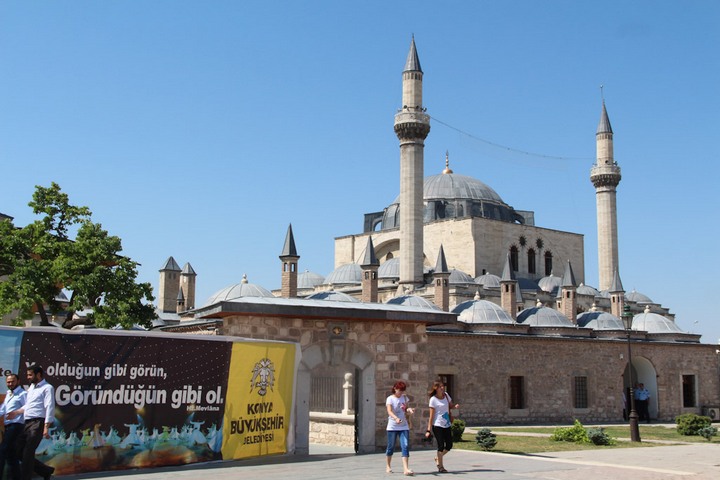
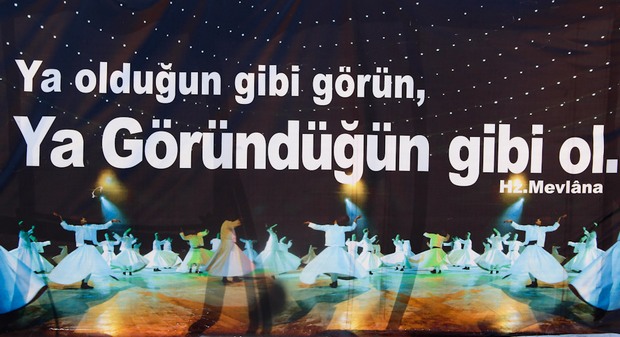
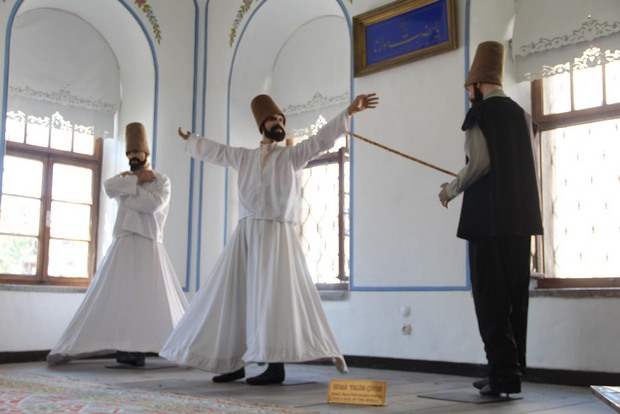
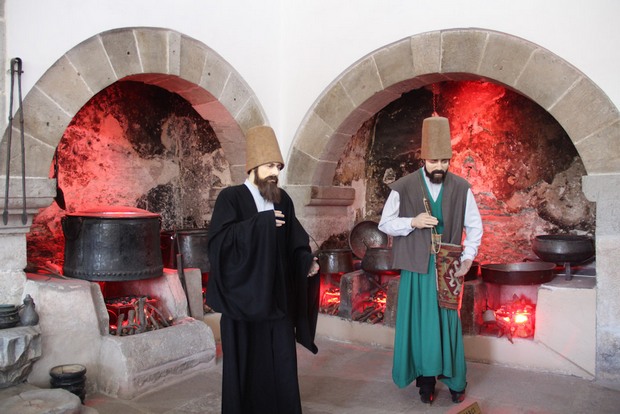
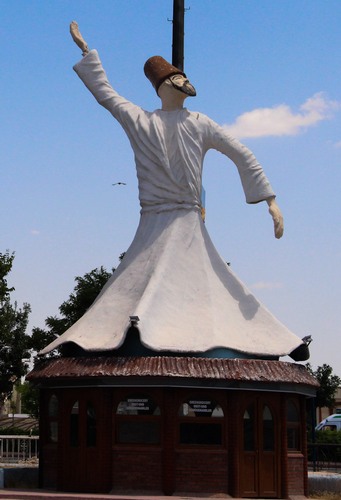
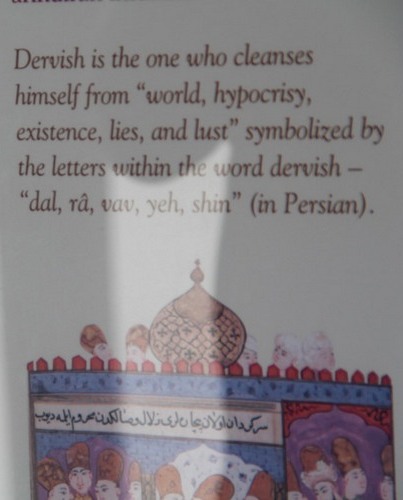
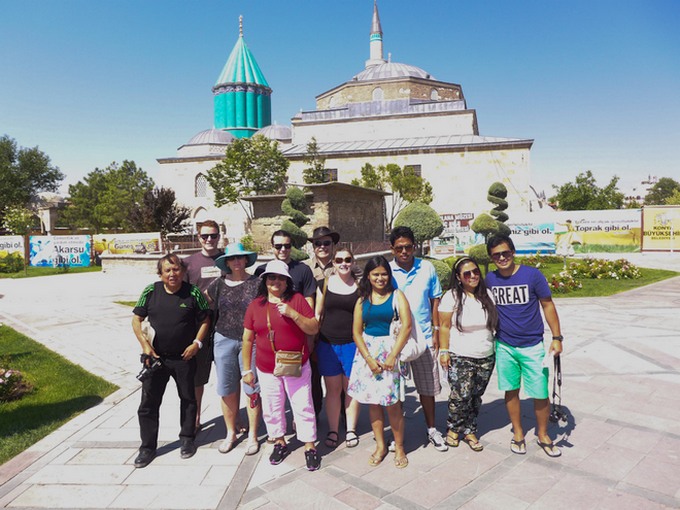
Three more days and we’re done. The reader must be exhausted….
Day 7 was another biblical experience. Here, I understood that a Turkey
tour shows much of the Hellenistic Period of Greece. A visit to Hierapolis
and Aphrodisias was a complete revelation. Hierapolis, the “Sacred City,”
is located at present-day Pamukkale in south central Turkey. In the first
century it was part of the tri-city area of Laodicea, Colossae, and
Hierapolis. This connection between the cities lies behind Paul’s
reference to Hierapolis and Laodicea in his epistle to the Colossians.
Before AD 70 Phillip the Evangelist moved to Hierapolis, where he met his
martyrdom.
Hierapolis
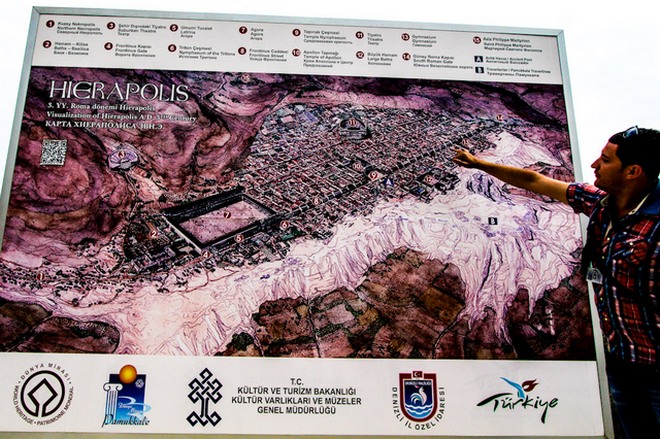
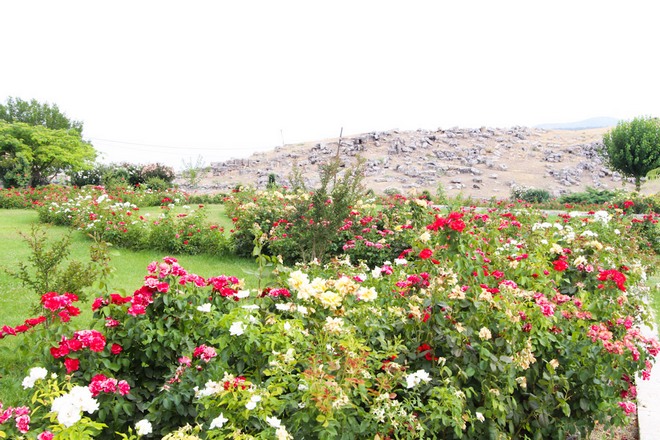
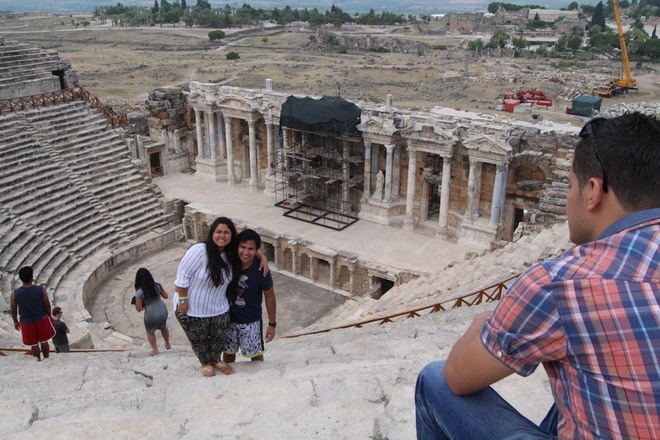
The spectacular Aphrodisias, the City of Aphrodite, is one of the finest
archaeological sites of Anatolia, Turkey, and still barely excavated and
largely undiscovered. Excavation has been slow because of lack of funding
from the Turkish government, although this place could easily become a
major money earner owing to its various attractions. The name of the city
is derived from the goddess of love, Aphrodite – called Venus by Romans -
who has her famous sanctuary here.
Aphrodisias
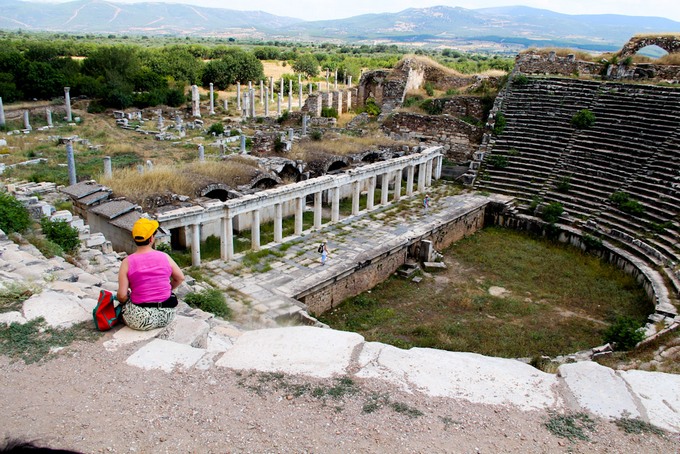
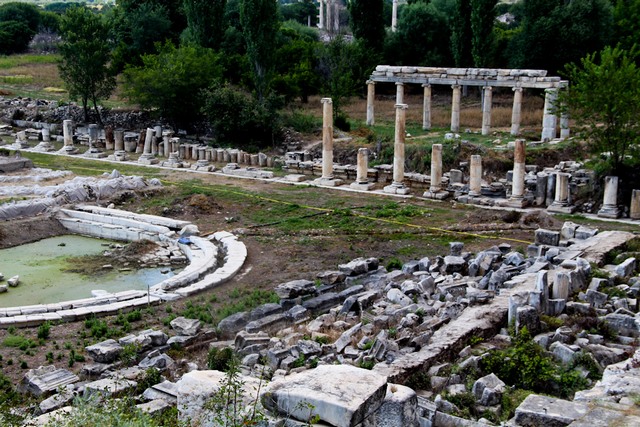
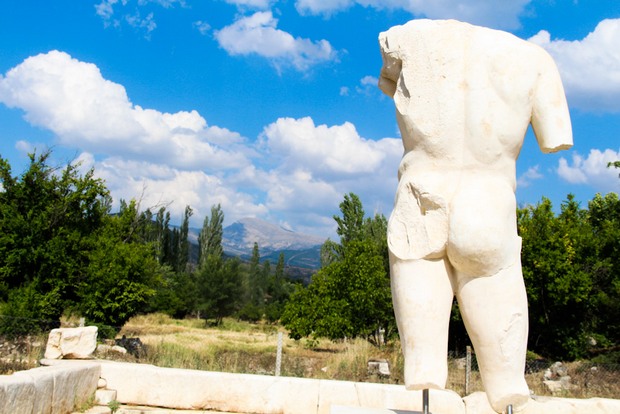
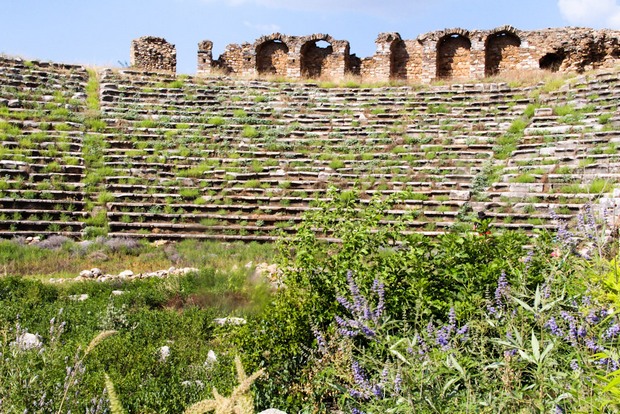
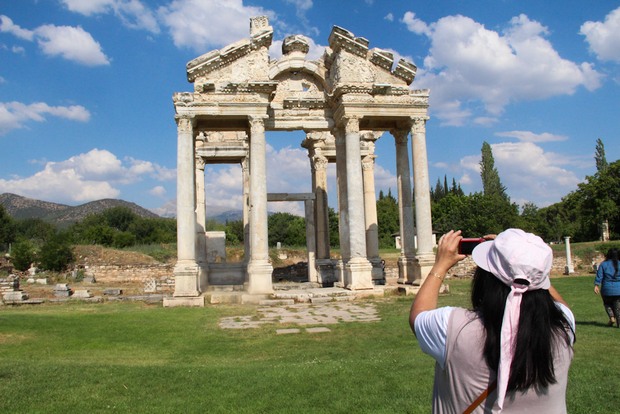
We walked towards one of the highlights of the tour - Pamukkale (meaning
“cotton castle” in Turkish). This is another UNESCO World Heritage Site,
and I’ve read more than once that this is “one of the places to see before
you die”. The famous terraces are made of travertine: carbonate minerals
that have been left by flowing water. Pamukkale has been used as a natural
bathing spot for centuries, and the water of these natural pools comes
from the hot springs.
Pamukkale
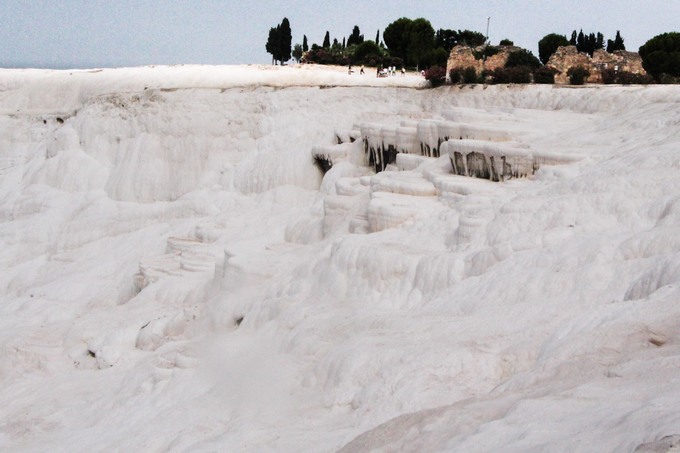
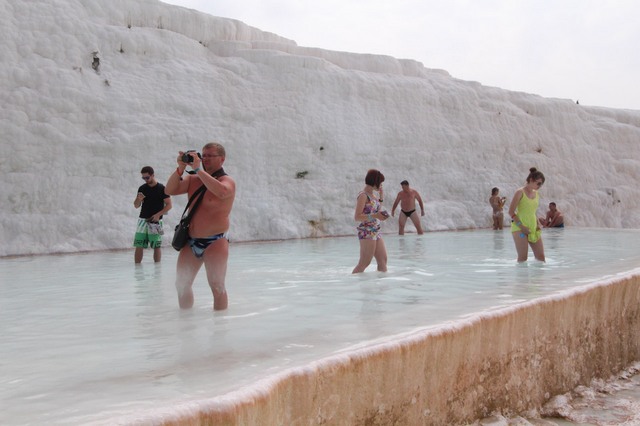
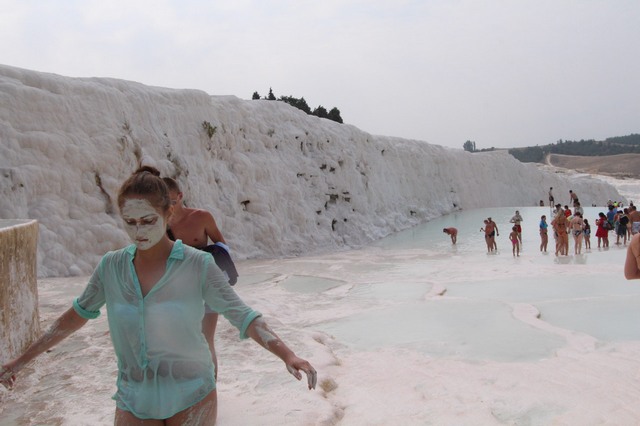
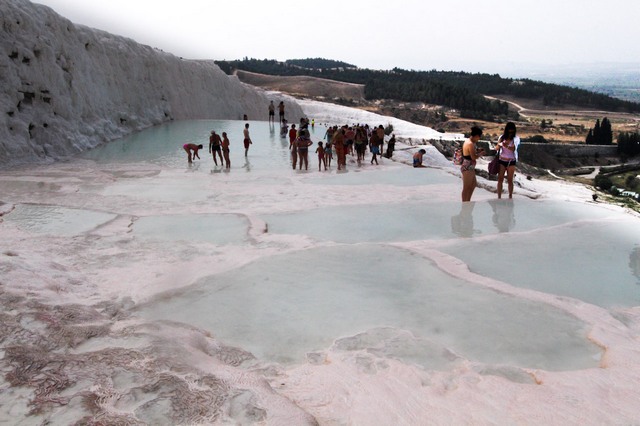
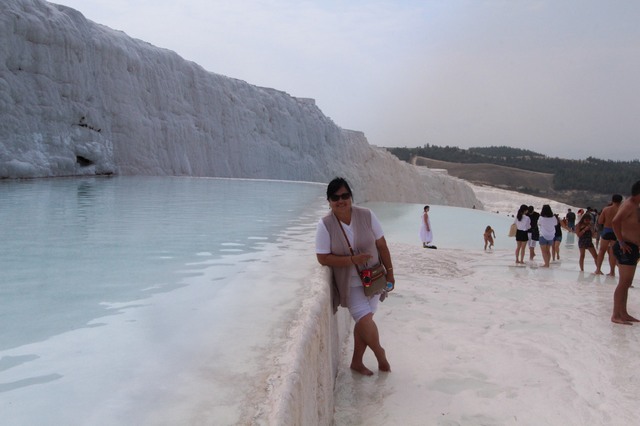
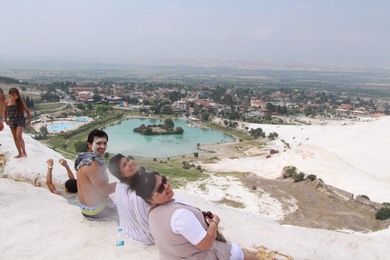 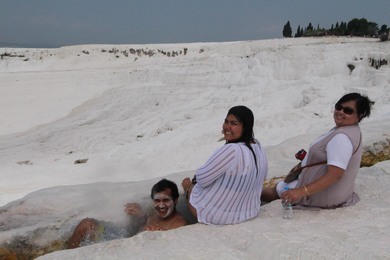
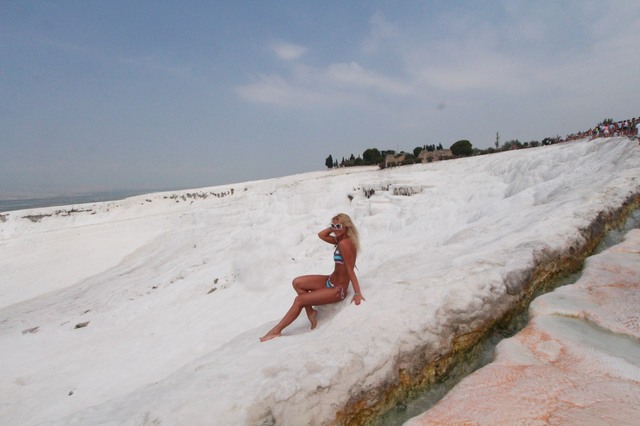
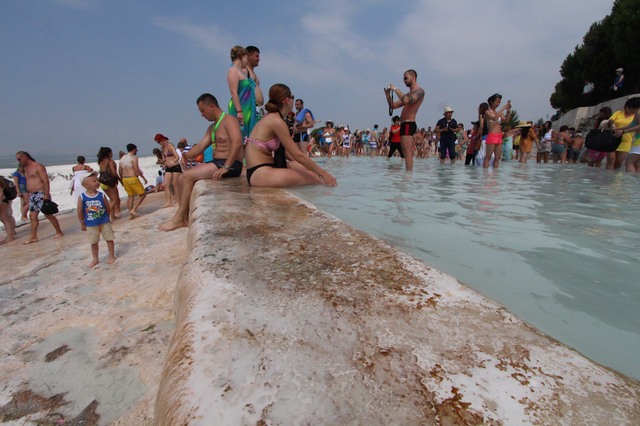
The 5-star hotel in Pamukkale was a big treat – complete with authentic
Turkish thermal bath and spa and a nice swim at the thermal pools. This
place was where the injured Roman soldiers were treated for injuries
suffered in combat, mainly on account of the medicinal quality of its
water.
Doga Hotel in Pamukkale
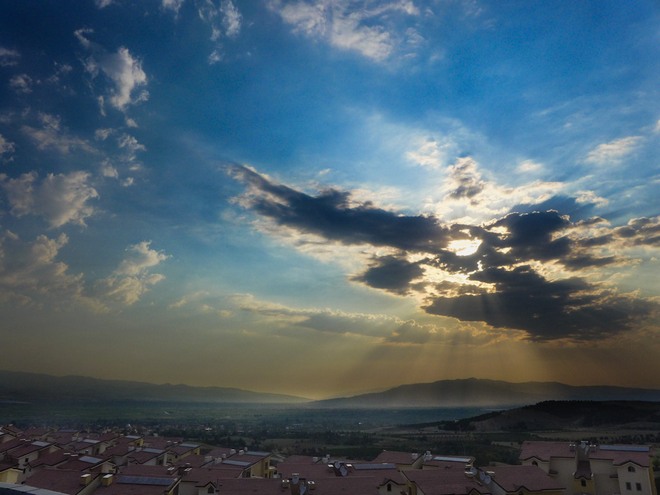
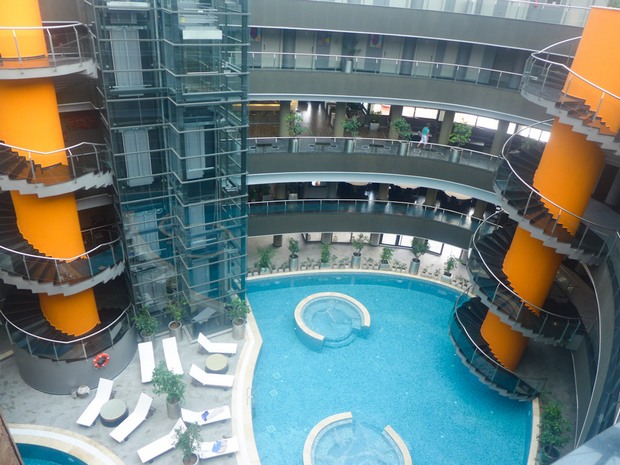
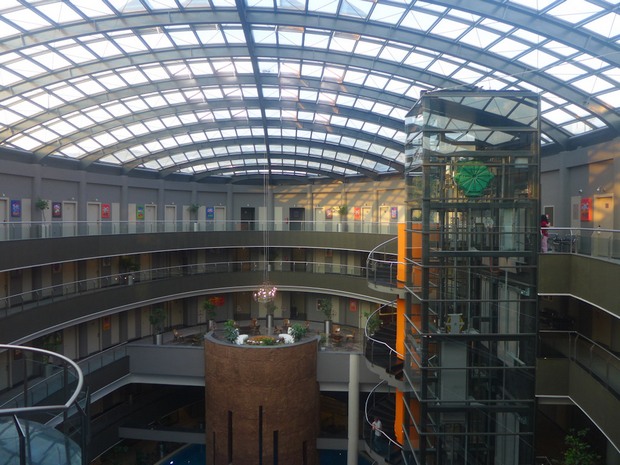
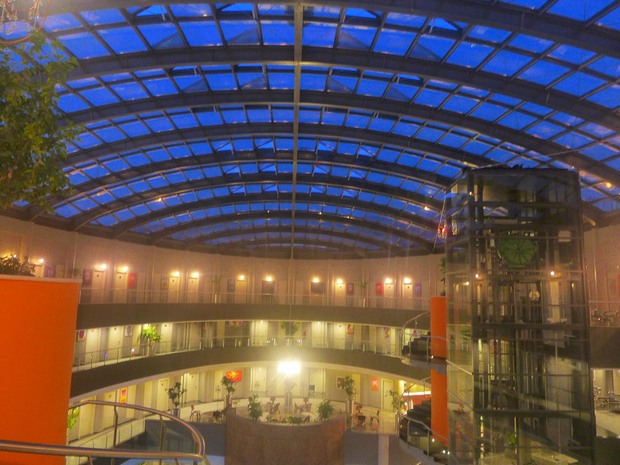
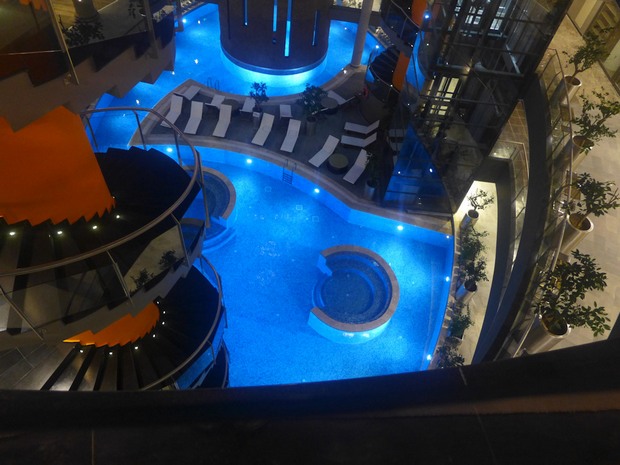
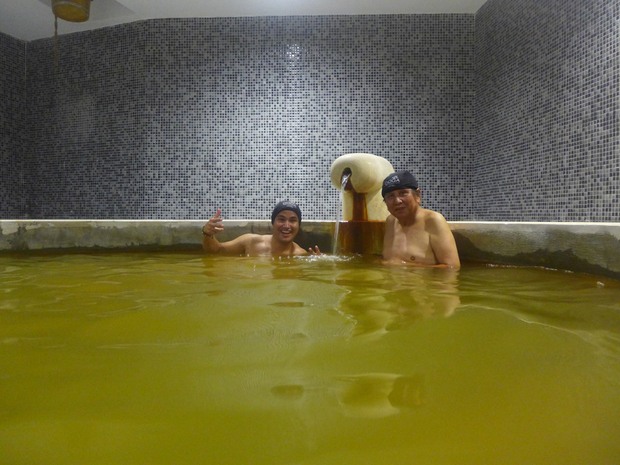
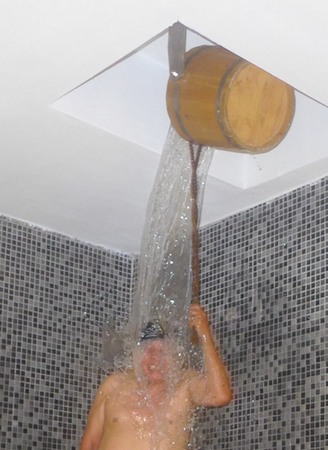
The day after was a continuation of what I call as “bibilical tour” –
first towards the last home of the Blessed Virgin Mary, who according to
accounts was brought there by St. John the Beloved. The youngest among the
apostles, St. John was at the foot of the Cross where Jesus ask him to
take care of Mother Mary after his death. Rome recognized this place as
authentic not too long ago.
House of Mary
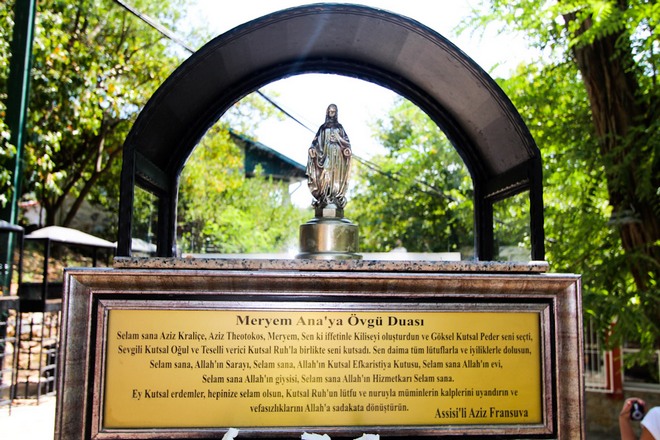
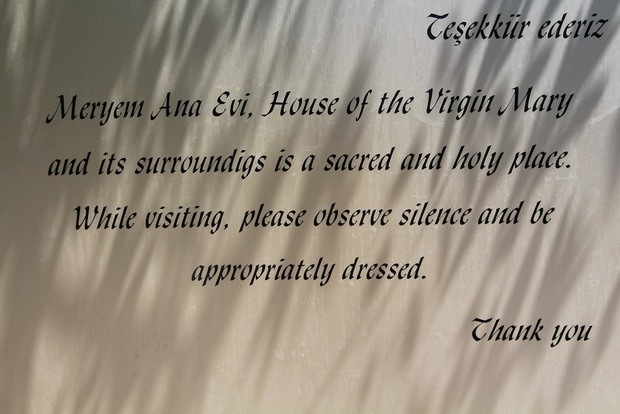
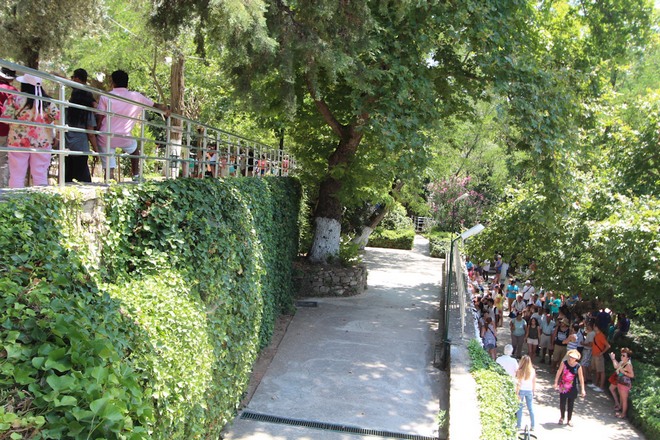
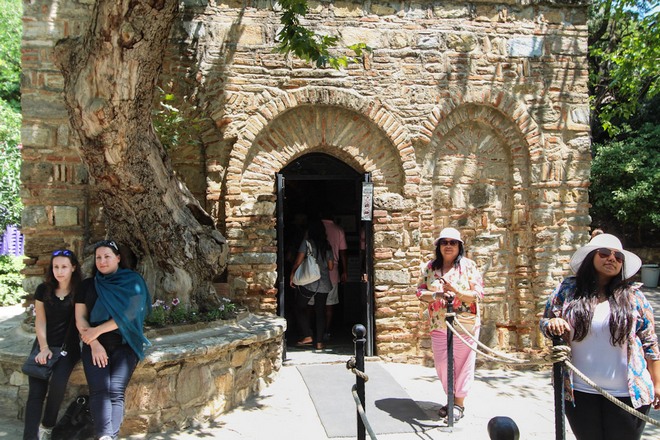
From there, I finally saw the old city of Ephesus, the Roman capital of
Asia Minor. All the readers here know about the epistles of St. Paul (and
his letter to the Ephesians). It was like walking in the life and times of
Saint Paul, the ancient Romans and their grandiose civilization – The Gate
of Hercules, the public latrines, the ruins of Odeon, Hercules Gate,
temple of Hadrian, a fantastic Greco-Roman theatre, and so much more. In
point of vastness, the Roman Forum in Italy is nothing compared to
Ephesus. In spite of its expanse, excavation is not even at 30 percent.
One will only imagine its magnificence if the restoration of Ephesus is
more than 50 percent!
Ephesus
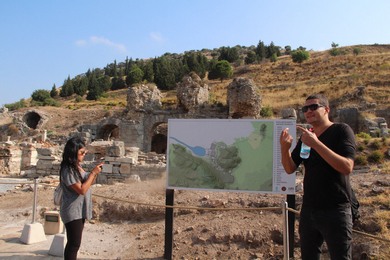
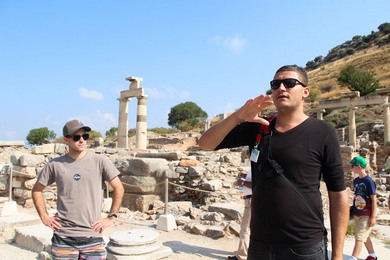
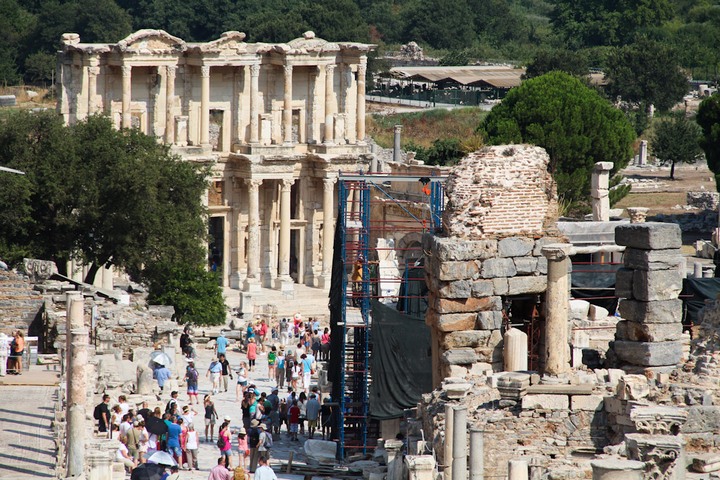
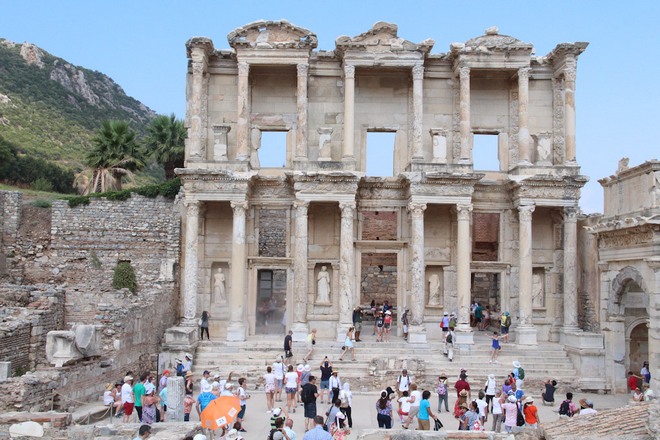
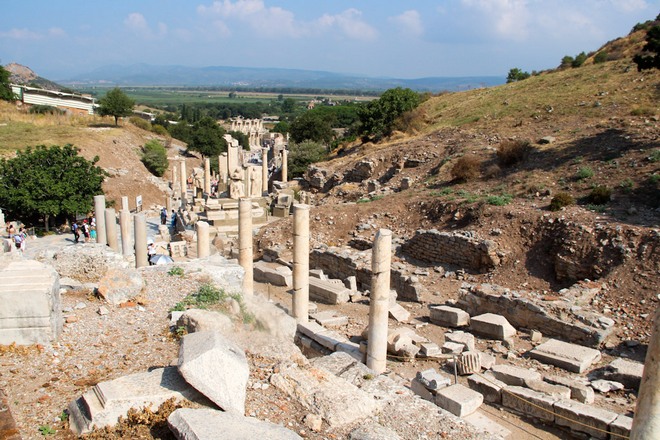
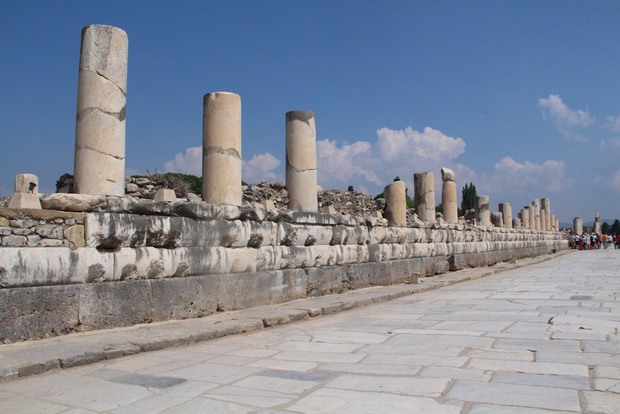
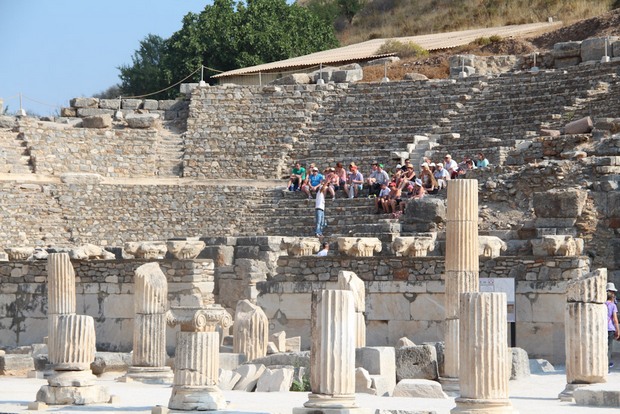
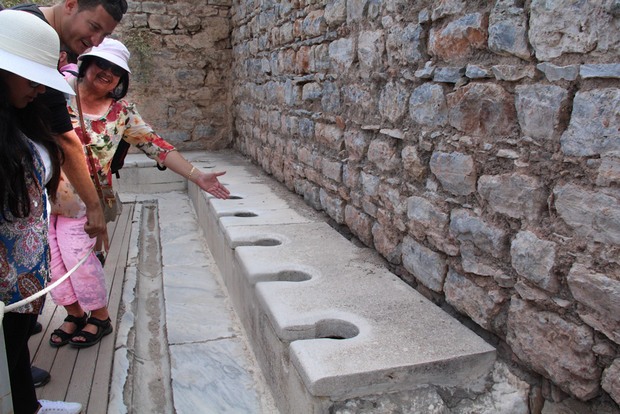
Tess points to the "Open Air Toilets"
in Ephesus
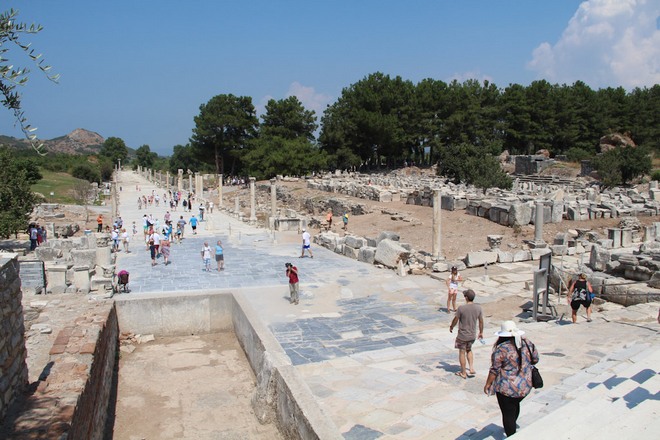
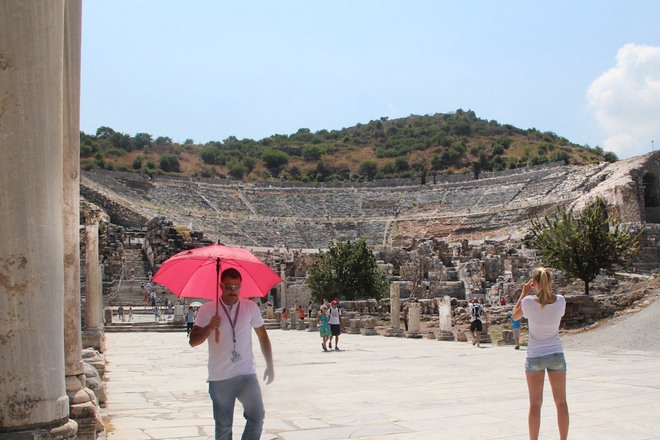
The last hotel was another five-star quality (Carina Hotel in Kusadasi) as
well. Located at the most beautiful of the Aegean ports, one will never
forget its spellbinding view of sea meeting sky. Herodotus once said,
“this place has the most beautiful sky and the best climate in the world”.
Carina Hotel in Kusadasi
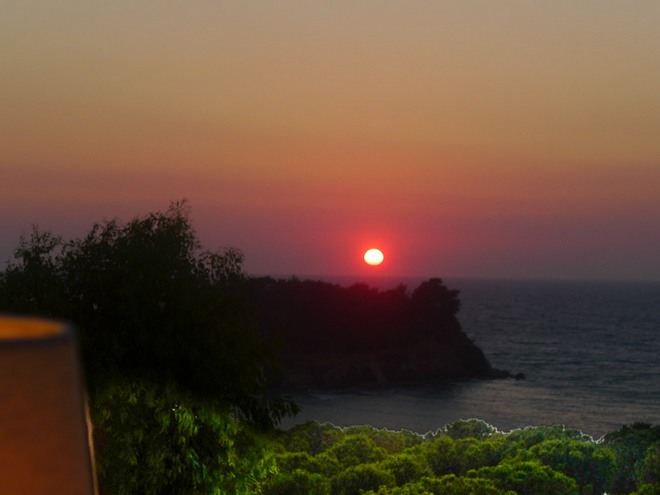
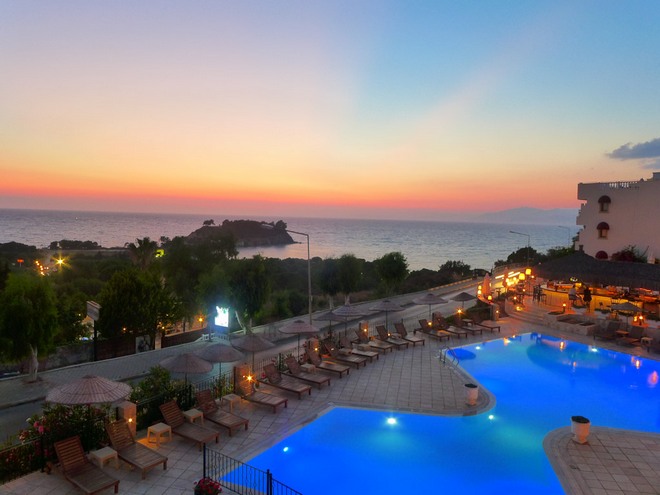
At dinnertime, I told our tour group comprised of an Australian family, an
Indian couple residing in New York (both teachers), and a young Latino
couple: “We are just half-way through, but I feel I already got my money’s
worth.”
P.S. The morning after, we were brought to Izmir, Turkey in order to take
a flight to Athens, Greece…. Wait for the next article, “The Glory That
Was Greece”.
(Back
---> Travelogue)
(Back ---> Current Features)
|
